 Abraham Lincoln
If given the truth, the people can be depended upon to meet any national crisis...
Abraham Lincoln
If given the truth, the people can be depended upon to meet any national crisis...
 Guildford news...
for Guildford people, brought to you by Guildford reporters - Guildford's own news service
Guildford news...
for Guildford people, brought to you by Guildford reporters - Guildford's own news service
Birdwatcher’s Diary No.211
Published on: 3 Jul, 2020
Updated on: 3 Jul, 2020
By Malcolm Fincham
Continuing my commitment and desires to seek and show the natural life that can be seen beyond our closed doors. I set out once again on my quest to stay up to date with photos of what can be seen around the Surrey countryside, as well as neighbouring counties.
Locally, in an old oak near the towpath at Riverside Nature Reserve two young kestrels could be viewed, perched together awaiting a “fast food” delivery from one of their parents.
At the lakeside, a kingfisher flashed low over the water.
Looking across the lake a family of three young coots were being attended to by one of their parents.
While by the lakeside orchids could now be seen in bloom.
To my dismay, however, since the easing of lockdown vandalism had reared its ugly head there.
The common terns that had been prospecting the rafts a few weeks back had both been damaged. They had been put out on the water earlier this year with the hope that terns might nest on them. The last time they successfully did I reported in 2014.
With criminal damage to one of the rafts and the other cut from its moorings, sadly the rafts remained bird-less.
Summer solstice having just past on June 20, it was of little coincidence that the following day I was attracted to Salisbury Plain, Wiltshire, the home of Stonehenge.
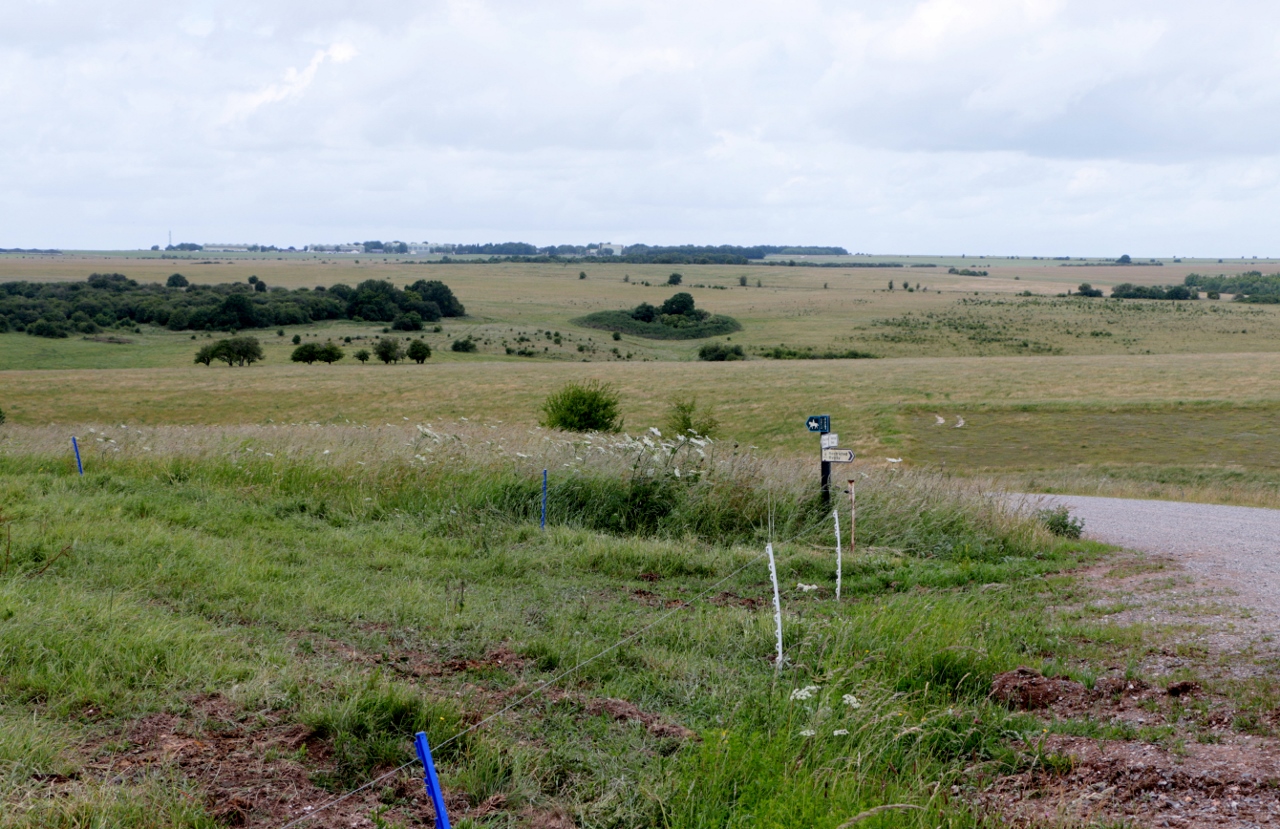
A view across part of the Wiltshire Downs.
The Ministry of Defence owns as much as 150 square miles of the land there, making it the largest military training area in the UK. However, there are several byways that can be traversed, enabling public access across some of the chalk downland.
It was quite a shock on checking my diary that it had been nearly seven years since I last visited the area in July 2013. (“Where did that time go!”).
It was in my early years of my reports for The Guildford Dragon News, and I was in the company of friends Charlie and Simon. Viewing what was then a fairly new project. The hope of reintroducing great bustards into the UK.
As on my previous visit, the corn bunting, a bird no longer seen in the Surrey countryside, remained plentiful there.
Skylarks were abundant too, singing at all points of the compass.
Their song backed up by the wheezing chorus of yellowhammers.
The distinctive, plaintive, lonely, and haunting, ‘cour-leee’ of the curlew, was accompanied by their attractive bubbling call while in flight. Just across a field, on the skyline, an adult could be viewed in the long grass with one of its young.
It was also pleasing to find, although distant to view, a stone curlew, a rare breeding bird to the UK.
It was the great bustards that I had been most inquisitive about, having not followed their progress during the past seven years. I was surprised to read that there is now a self-sustaining population of around of around 100 birds.
I was able to count 11, grazing along the top of a hillside, though there were probably more just beyond the brow of the hill not far from where they were first released.
A real pay-off for my efforts was to capture a few photos of some of them as they took flight across Salisbury Plain, as they once had prior to 1832 when the last bird was shot.
On June 22 I made my first visit to Thursley Common since the fire there, just a few weeks ago. Entering the heath from the eastern side near the A3 all seemed unharmed.
Silver-studded blue butterflies had emerged in reasonable numbers, feeding on the heather now coming into bloom.
A common buzzard circled overhead in the clear blue sky. Then was escorted away by two corvids.
The heathland smell, of which I adore, was slightly tainted by the smell of burnt peat. Quite a pleasant smell in itself as it pictured memories of the smell from chimneys in old farmsteads.
However, every picture tells a story, as we well know. On reaching the brow of the hill, looking out across the heath, I became fully aware of the devastation the fire had caused.
The empathy within was screaming with sadness, recalling areas I was aware of where birds breed, now just ashes.
Distant to view, three red kites patrolled the scarred heathland, still with the hope of a few scorched morsels left among the ashes.
A hobby displayed well as it hunted back and forth for dragonflies on the low-lying western side of “Shrike Hill”.
While woodlarks were still in good number around the heath.
The sounds of Dartford warblers and stonechats that had survived the fire could still be heard where the gorse and heather still grew.
By June 23 hot sunny weather pushing up from southern Europe brought with it a mini heatwave for a few days. Temperatures rising in to the low 30c .
At Chiddingfold Forest the volume and variety of butterflies were now out in good number. Many had taken to the wing early, probably due to the long spell of warm, dry weather.
Reports of purple emperors butterflies coming to the ground from their homes high in the oaks to feed on minerals had attracted me there.
My hopes had been high, having been informed of good views of several just a few days before. This, despite it being still traditionally early days to see them.
On this occasion, I was only able to get brief pictures of one, wings closed, before it flew back out of sight up into the surrounding oaks.
Fortunately, previous years have been more favourable, allowing me to show a few pictures of what a delight these critters are with their wings open. Colours changing in the light, depending on the angle they are viewed.
Making up for it, white admirals were plentiful that day and on one occasion two could be seen perched up side by side.
Silver-washed fritillary butterflies glided in the glades, though very few stopping long enough for a photo.
My first sighting, and photo this year of a ringlet butterfly, was also a delightful addition.
A surprise to me were a few wood white butterflies, still on the wing, or maybe at the start of their second brood?
Coincidently, the same day I received a WhatsApp message and photo from “Frosty”, an avid reader of my reports. He had seen and photographed a butterfly, on a pile of logs on Broadstreet Common, (near Fairlands) enquiring what it might be. To my surprise, it was an “emperor!”
The following day I visited Broadstreet Common with the hope that I might be as fortunate. First I checked-out the log pile were it had been photographed, but the best I could find there was a robin, looking as I felt – exhausted by the continuing hot weather.
Alas, although spending a good deal of time checking the canopies of the oaks as well as the surrounding ground were he had seen it, the purple emperor remained too elusive.
While watching high in the oaks, however, I did catch sight of several smaller butterflies “dogfighting”. One even perched high up on one of the oak leaves. “A purple hairstreak, for sure,” I muttered to myself as I lined my camera up for a record shot.
I needn’t have cricked my neck to do so, as no more than five minutes later I spied another one. This time it was on an oak leaf, just a few feet off the ground.
Also adding to my day’s sightings there, were comma butterflies.
Marbled whites.
And numerous large skippers.
Even a beautiful demoiselle stopped by to have its photograph taken.
While even challenging myself to get a photo of a hover-fly.
By the last few days of the month there was a sudden change in the weather. Atlantic westerlies had “kicked in” and temperatures had dropped into the high teens. It also brought with it some much-needed showers of rain as well as less need gusty breezes.
At Clandon Wood Burial Ground, as at Riverside Nature Reserve, the young kestrels were about ready to fledge. Now seen perched in, on, and around their nest-box.
The wild flower meadow there was now starting to blossom.
A variety of butterflies had begun to emerge there too.
Now on the wing were our most common of UK butterflies, the meadow brown.
Small tortoiseshell butterflies seemed to be having a particularly good year in the southern counties, having seen them at most sites I had so far visited this year.
Marbled whites had started to emerge in good number there, too, as were good numbers of small heath butterflies.
One of a couple of common blue butterflies allowed me time for a photo.
As well as a small small copper butterfly, also obliging enough to stick around long enough for a picture or two.
At Bookham Common the same day, purple emperor butterflies could be seen, dogfighting, at the top of their “master” tree. Occasionally perching up in view.
While silver-washed fritillaries graced the surrounding glades.
On Whitmoor Common, to the north of Guildford, cattle could be seen grazing on the heathland.
An evening visit there on June 29, saw a great spotted woodpecker with one of its young nearby.
A nuthatch attracted my attention, as it could be heard contact calling as it crept around in the woodland area.
Stonechat fledglings could be seen, loosely grouped together on the heath.
Along with good numbers of Dartford warblers.
A family of linnets perched up in a silver birch in the evening sunlight.
While although not “churring” as much at dusk, nightjars could be seen hawking moths, silhouetted by the night sky.
Responses to Birdwatcher’s Diary No.211
Leave a Comment Cancel replyPlease see our comments policy. All comments are moderated and may take time to appear.

"Found any?" - "Nope, it all looks green to me!" (See Opinion: The Future is Congested, the Future is Grey)
www.abbotshospital.org/news/">





Recent Articles
- Latest Evidence in Sara Sharif Trial
- Ash’s New Road Bridge Is Named – and November 23rd Is Opening Day
- Class A in Underwear Leads to Jail Sentence
- Historical Almshouse Charity Celebrates Guildford in Bloom Victory
- Notice: Shalford Renewable Showcase – November 16
- Firework Fiesta: Guildford Lions Club Announces Extra Attractions
- Come and Meet the Flower Fairies at Watts Gallery
- Updated: Royal Mail Public Counter in Woodbridge Meadows to Close, Says Staff Member
- Letter: New Developments Should Benefit Local People
- Open Letter to Jeremy Hunt, MP: Ash’s Healthcare Concerns


Recent Comments
- Paul Spooner on Ash’s New Road Bridge Is Named – and November 23rd Is Opening Day
- Harry Eve on Opinion: The Future is Congested, the Future is Grey
- Nigel Keane on Letter: New Developments Should Benefit Local People
- Nathan Cassidy on Updated: Royal Mail Public Counter in Woodbridge Meadows to Close, Says Staff Member
- T Saunders on Opinion: The Future is Congested, the Future is Grey
- Jim Allen on Updated: Royal Mail Public Counter in Woodbridge Meadows to Close, Says Staff Member
Search in Site
Media Gallery
Dragon Interview: Local Artist Leaves Her Mark At One of England’s Most Historic Buildings
January 21, 2023 / No Comment / Read MoreDragon Interview: Lib Dem Planning Chair: ‘Current Policy Doesn’t Work for Local People’
January 19, 2023 / No Comment / Read MoreA3 Tunnel in Guildford ‘Necessary’ for New Homes, Says Guildford’s MP
January 10, 2023 / No Comment / Read More‘Madness’ for London Road Scheme to Go Ahead Against ‘Huge Opposition’, Says SCC Leader
January 6, 2023 / No Comment / Read MoreCouncillor’s Son Starts Campaign for More Consultation on North Street Plan
December 30, 2022 / No Comment / Read MoreCounty Council Climbs Down Over London Road Works – Further ‘Engagement’ Period Announced
December 14, 2022 / No Comment / Read MoreDragon Interview: GBC Reaction to the Government’s Expected Decision to Relax Housing Targets
December 7, 2022 / No Comment / Read MoreHow Can Our Town Centre Businesses Recover? Watch the Shop Front Debate
May 18, 2020 / No Comment / Read More



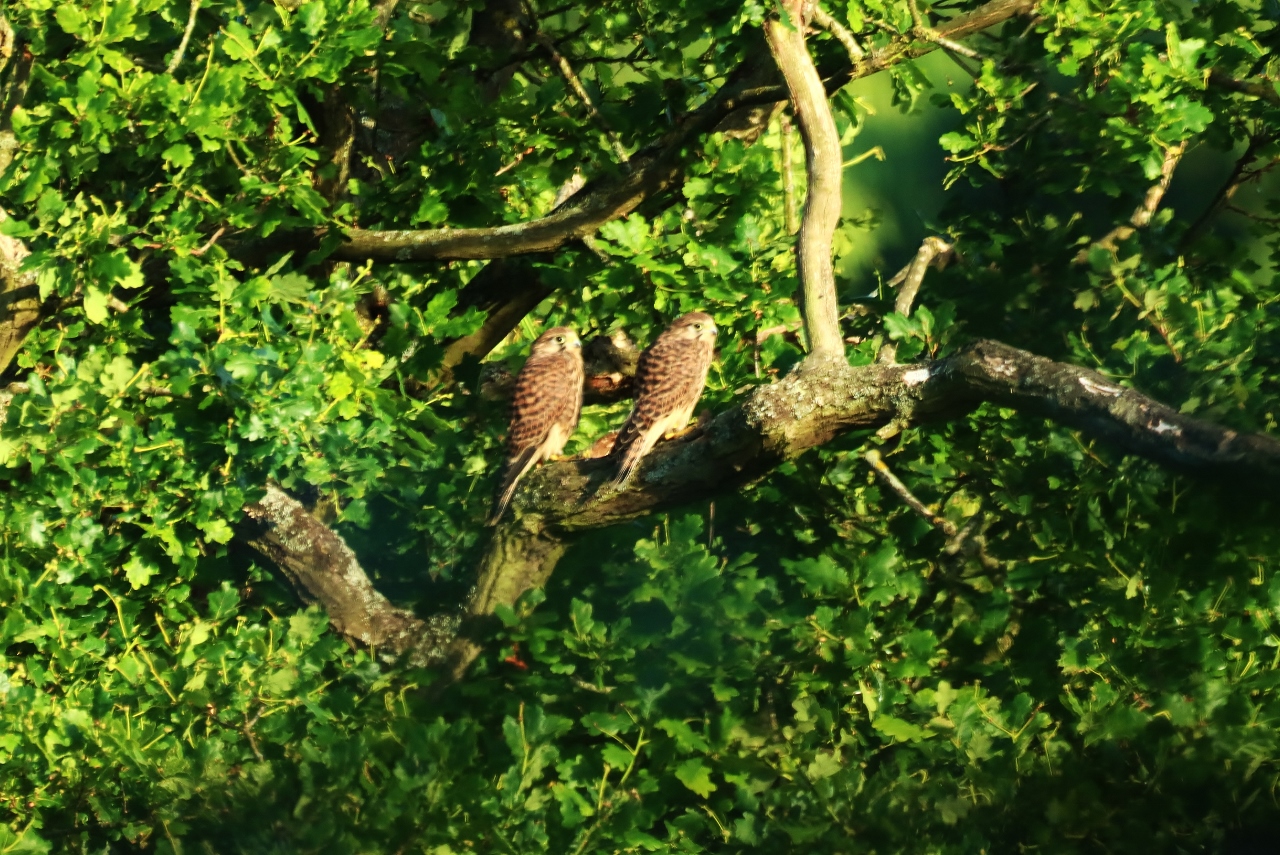
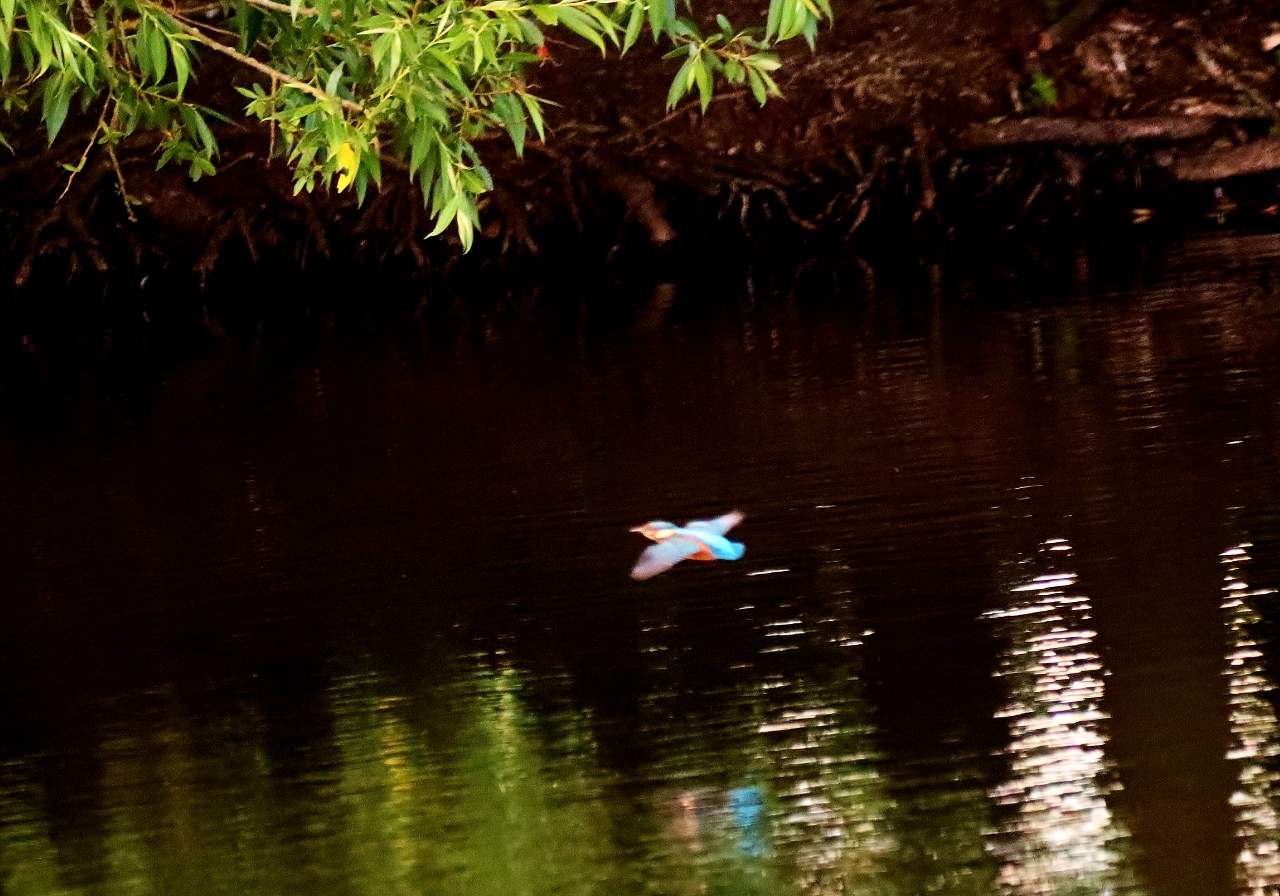
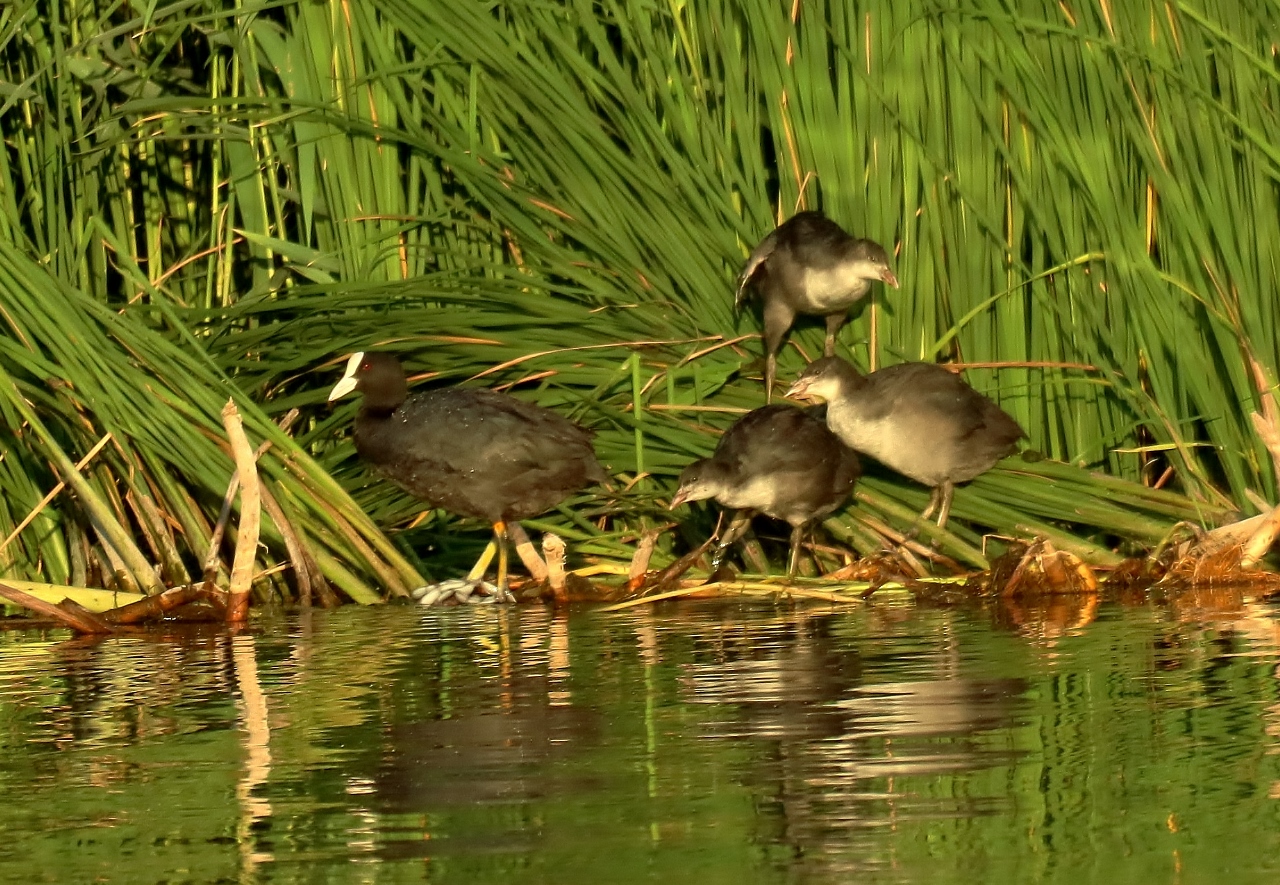
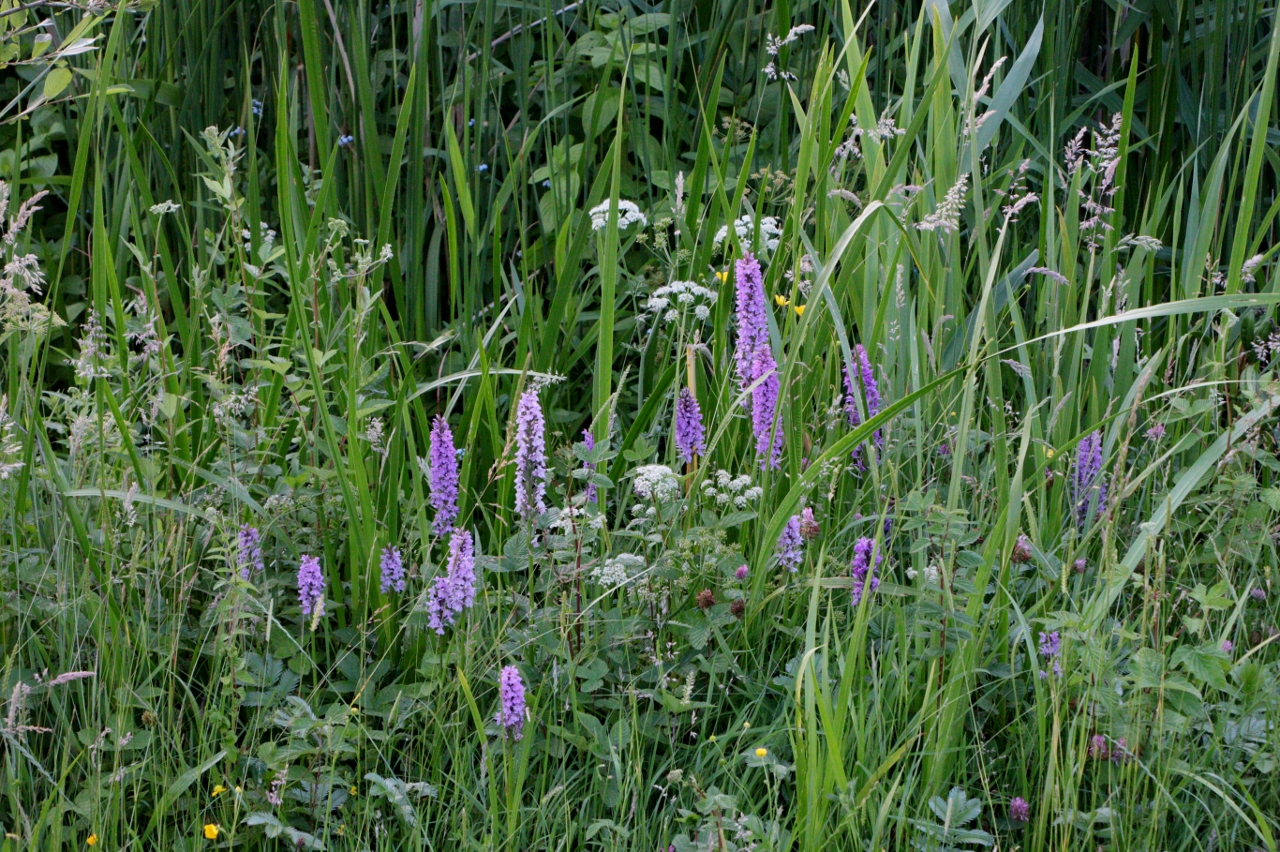

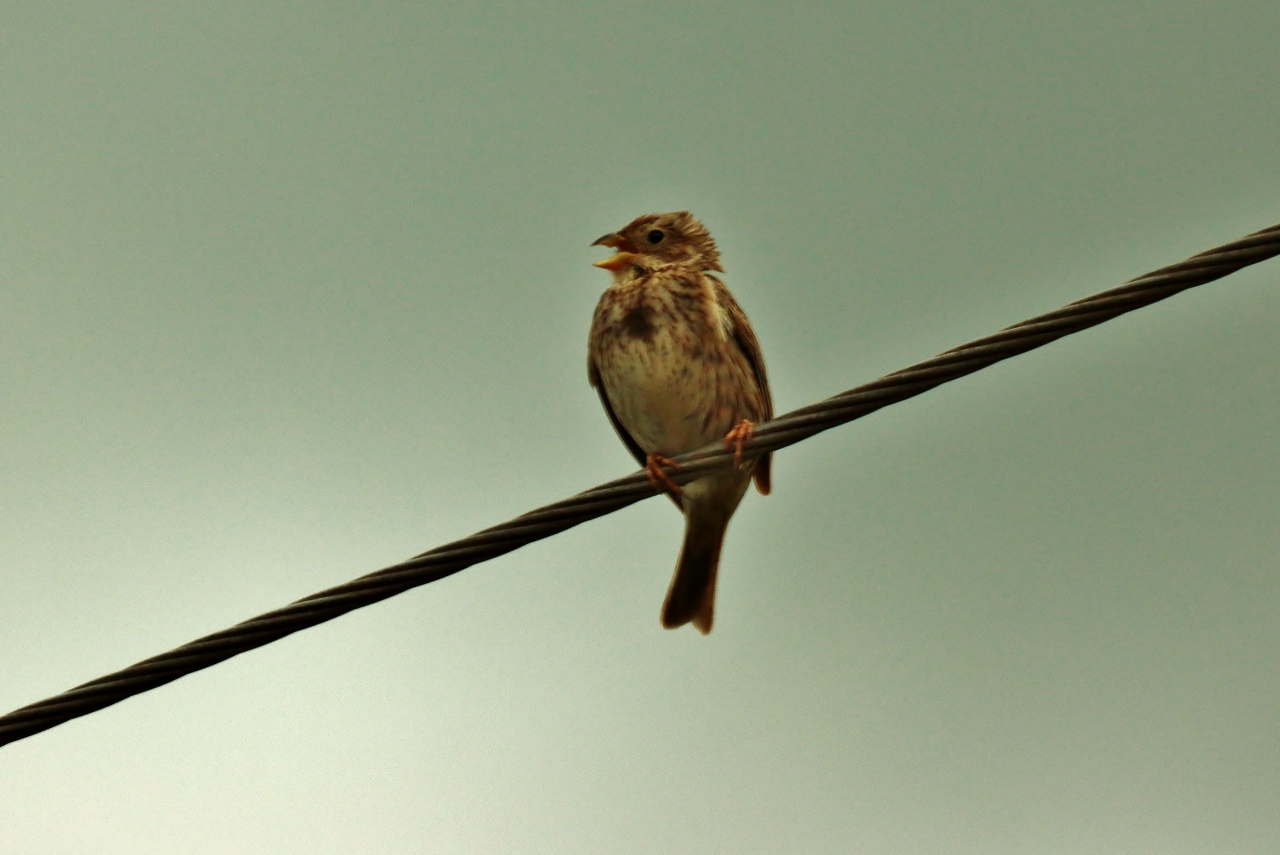

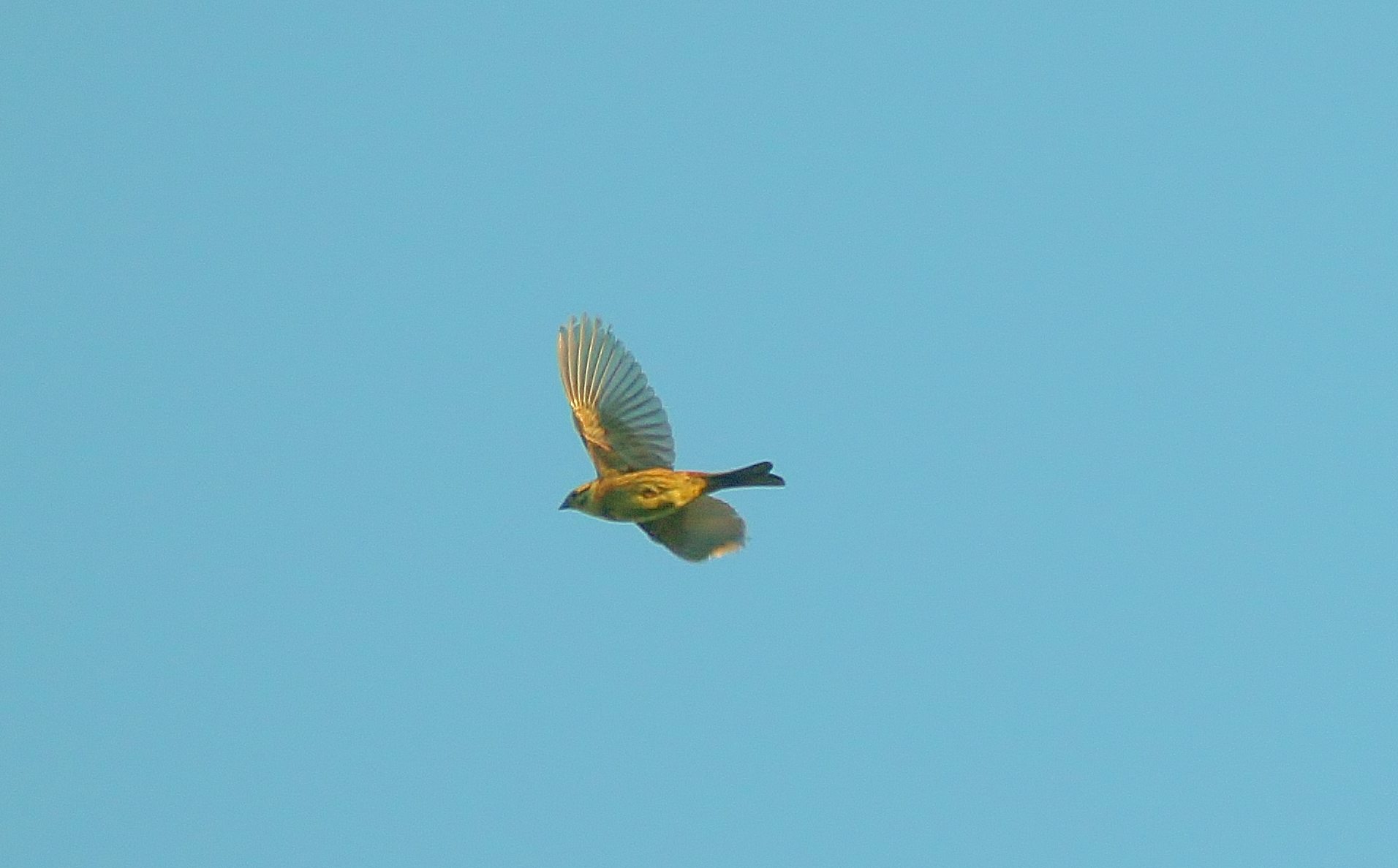
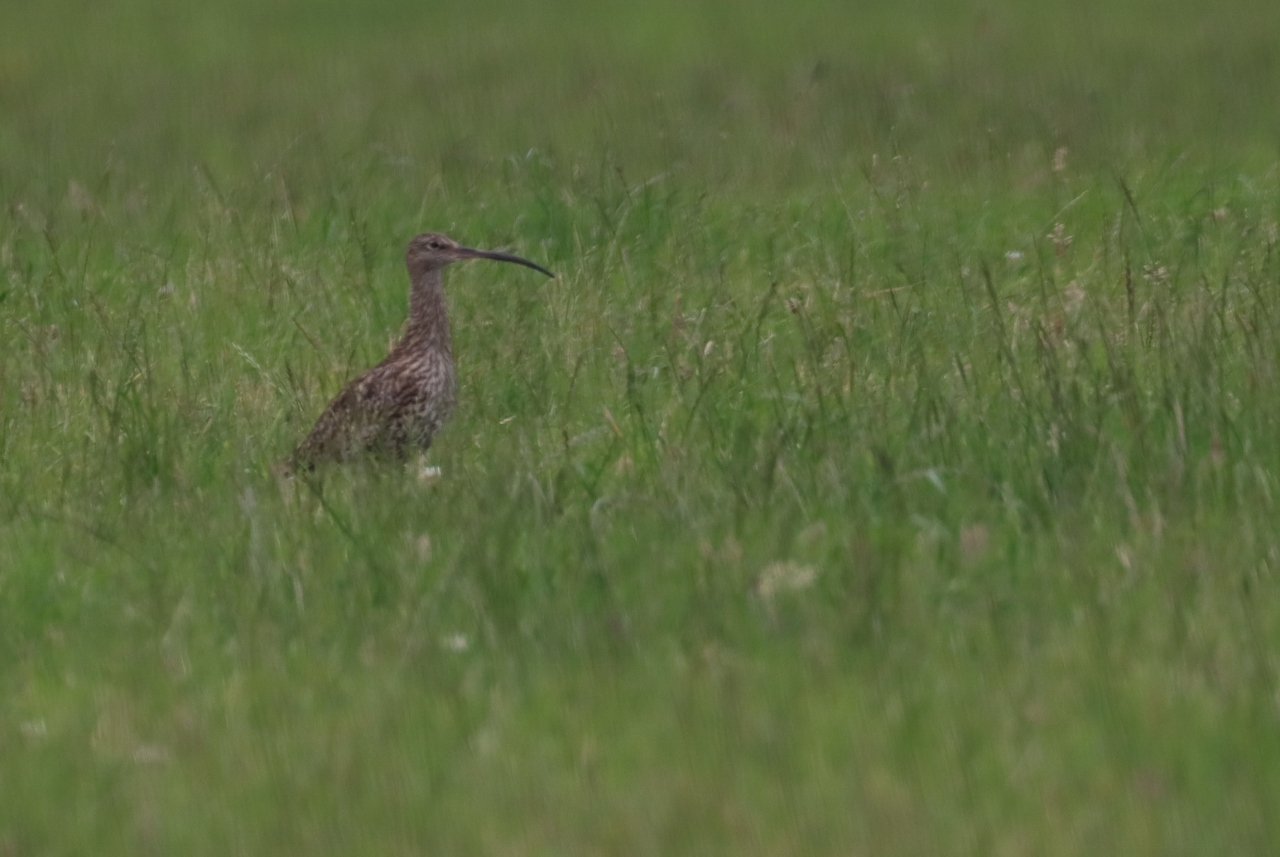
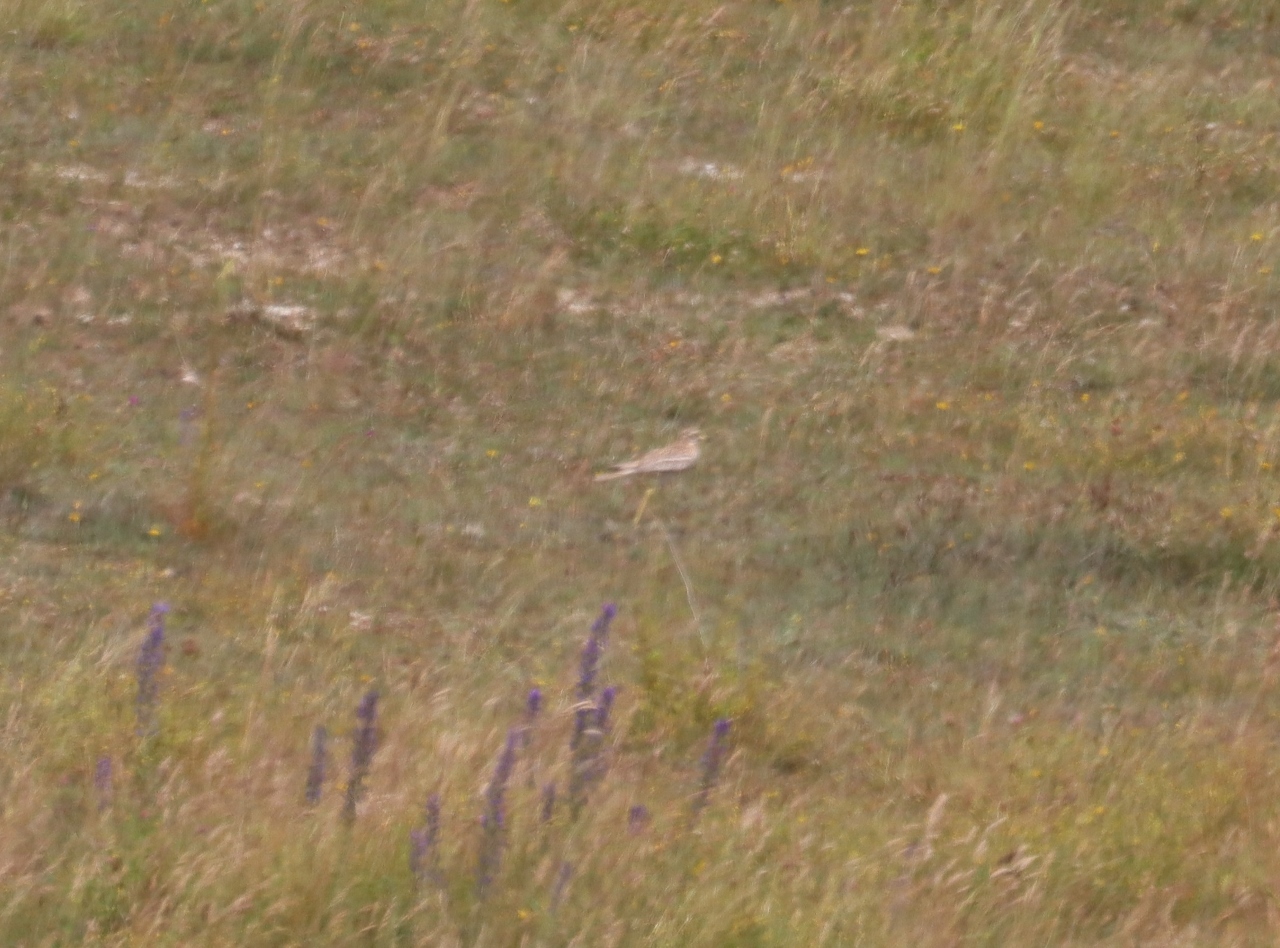
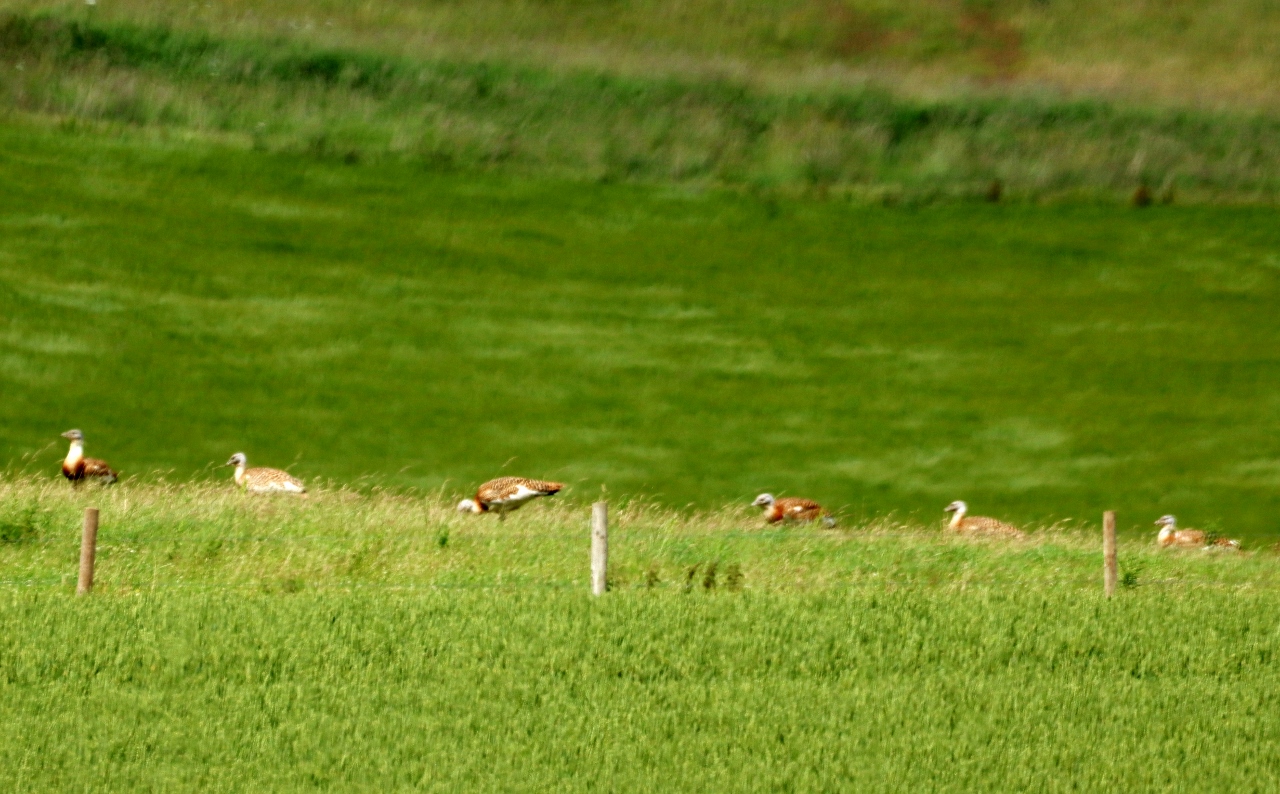

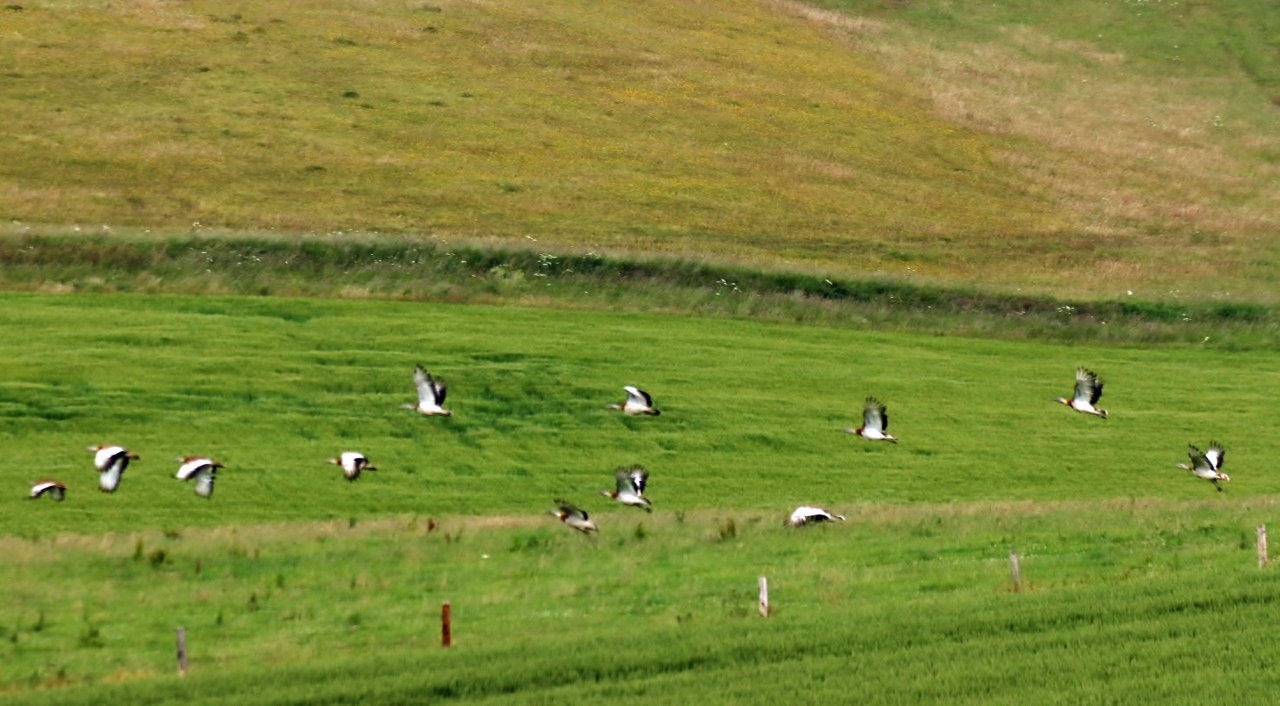
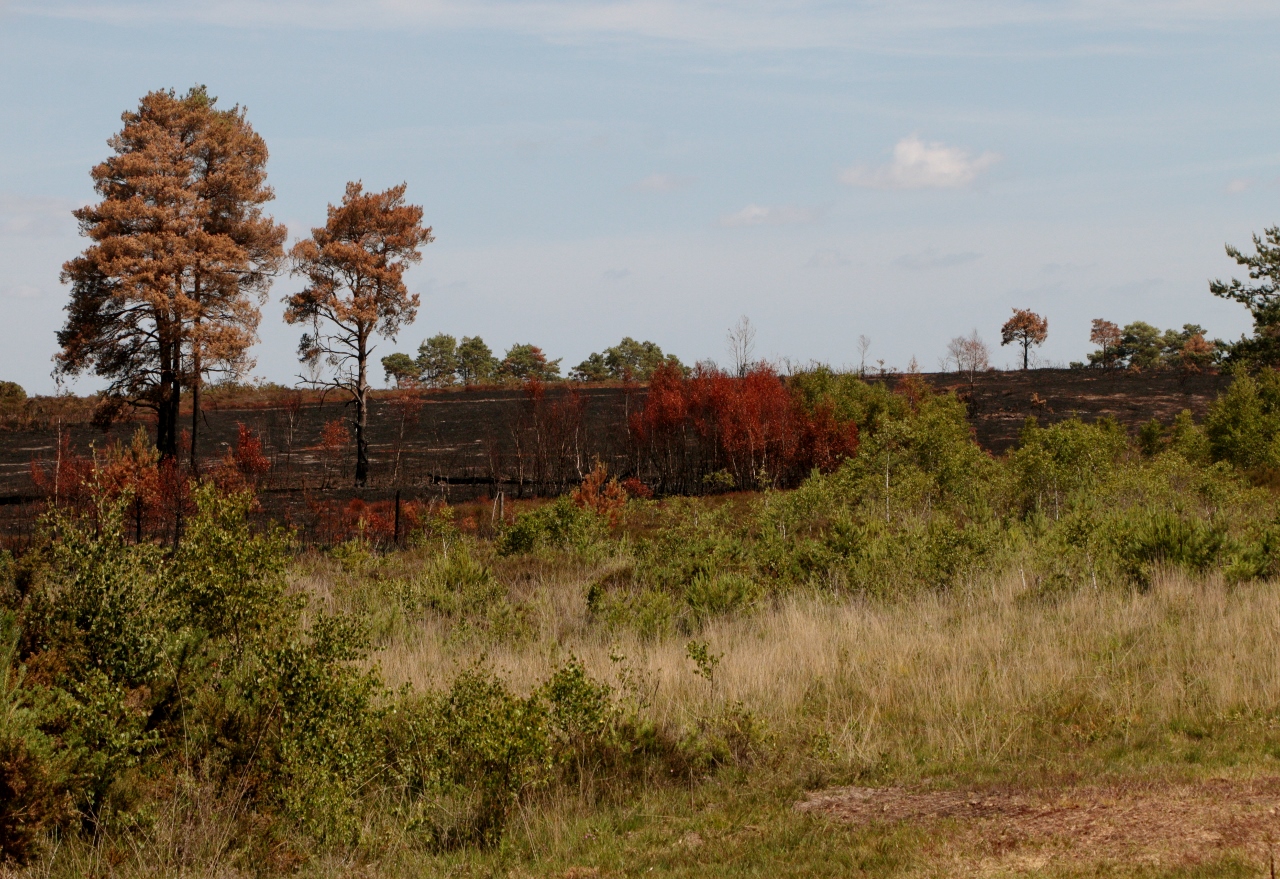

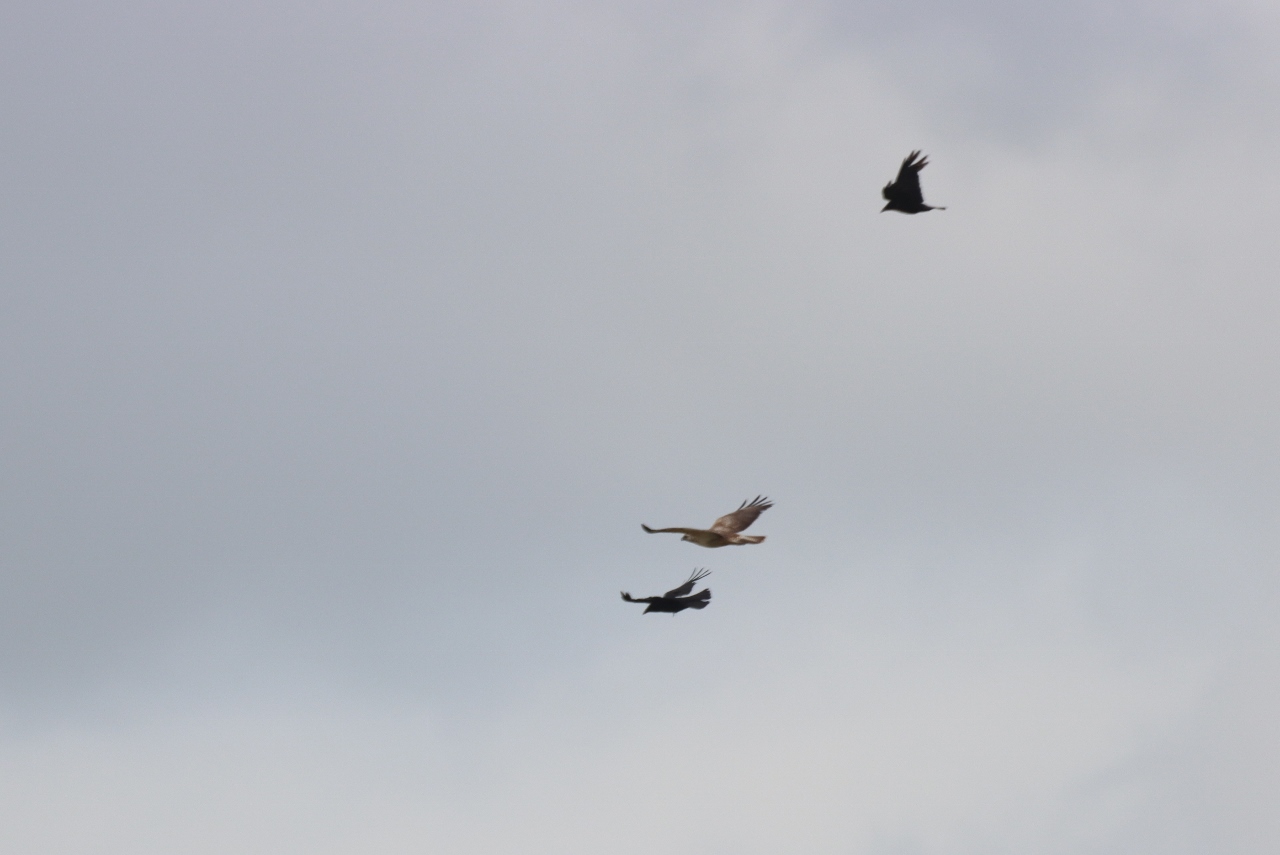
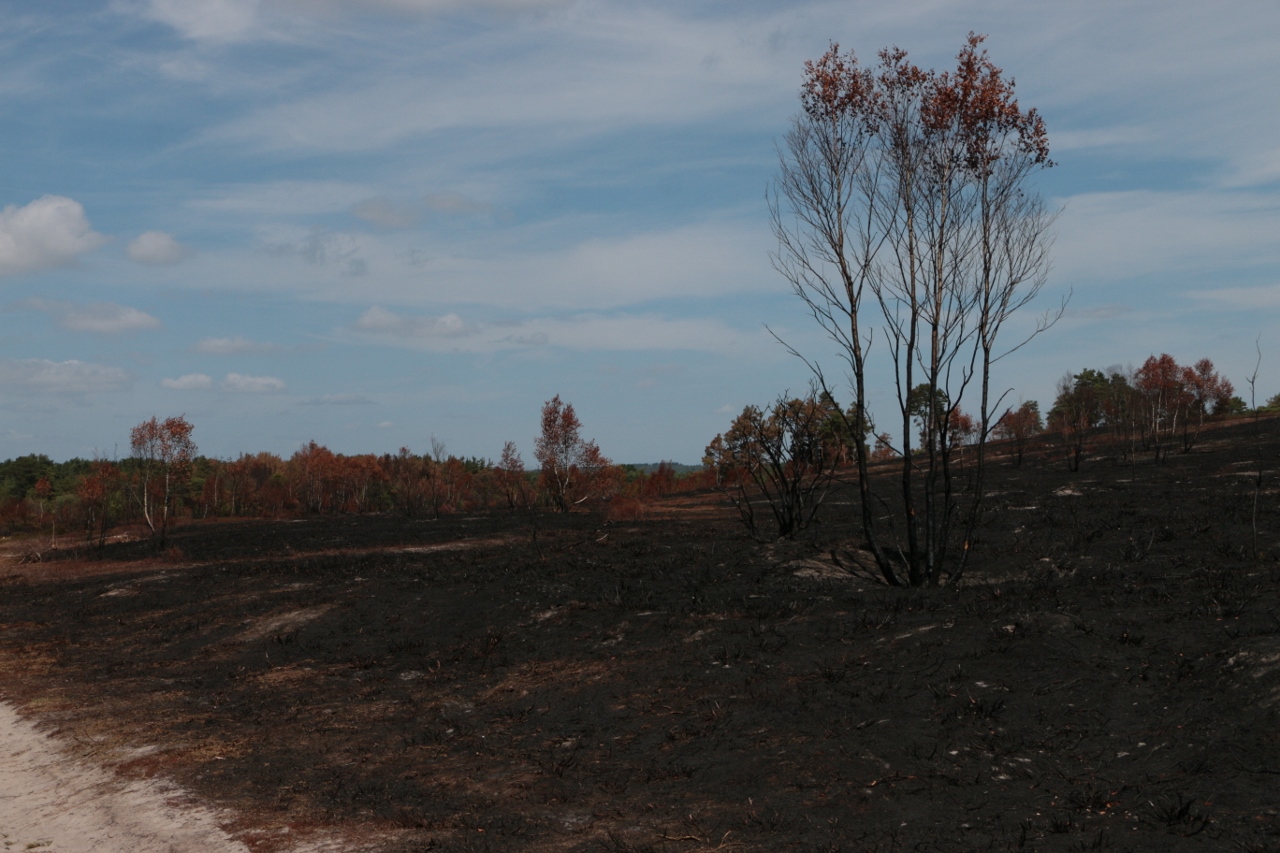
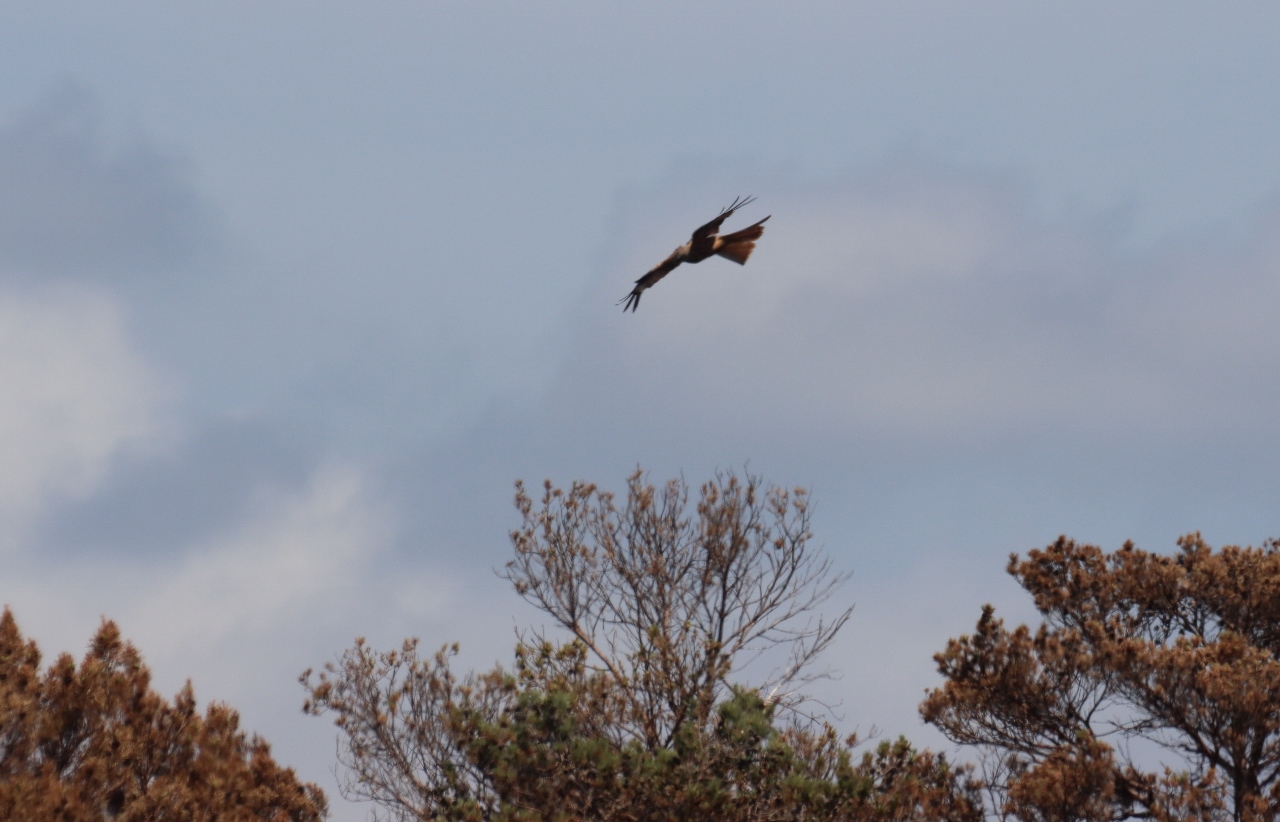


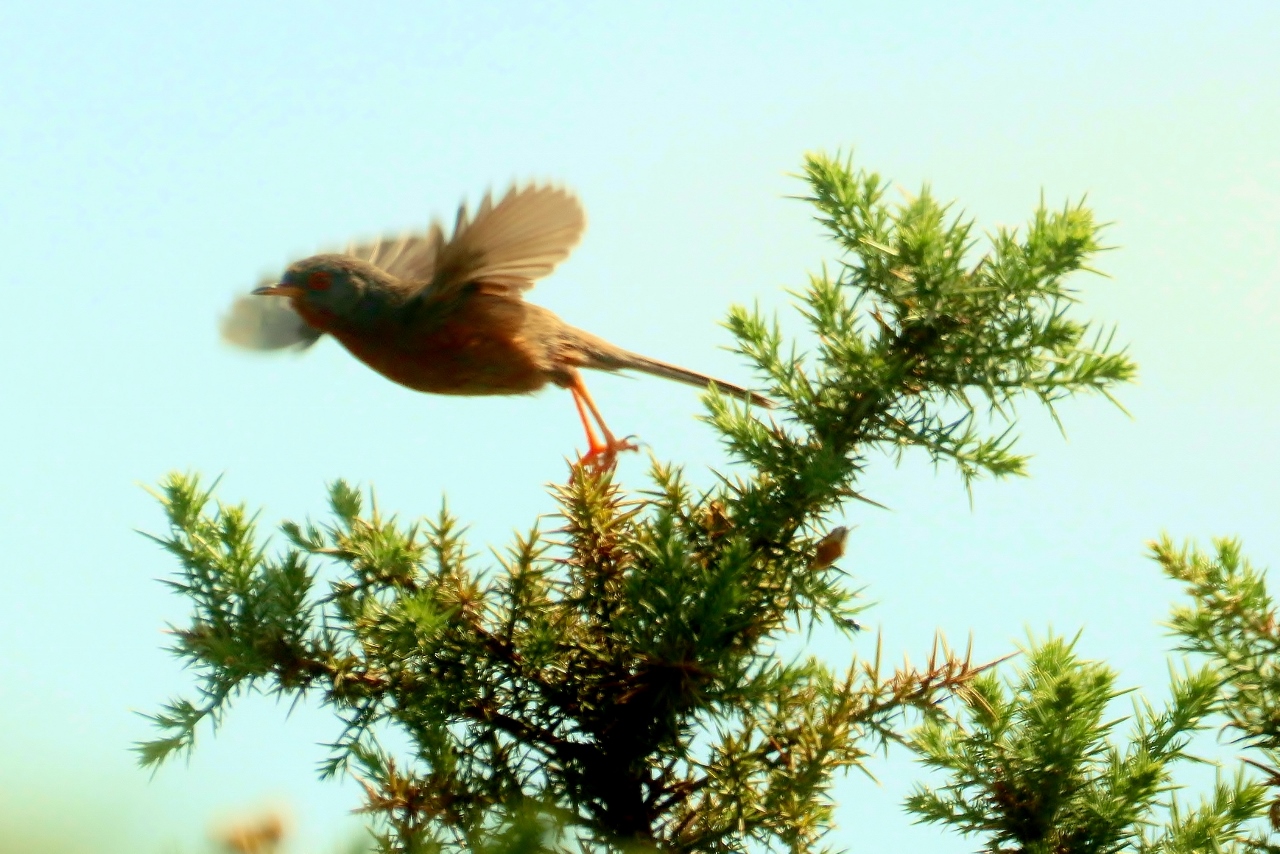

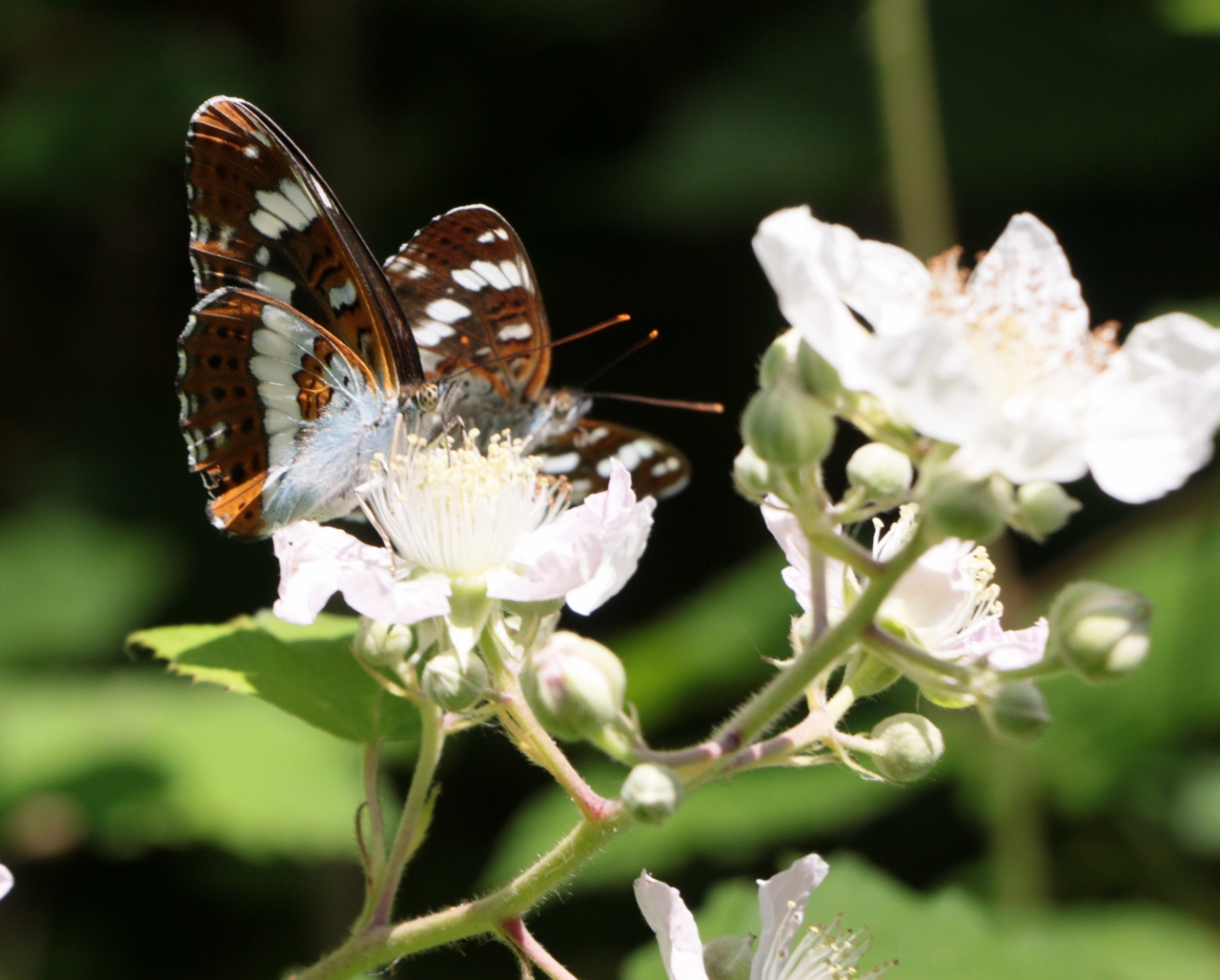
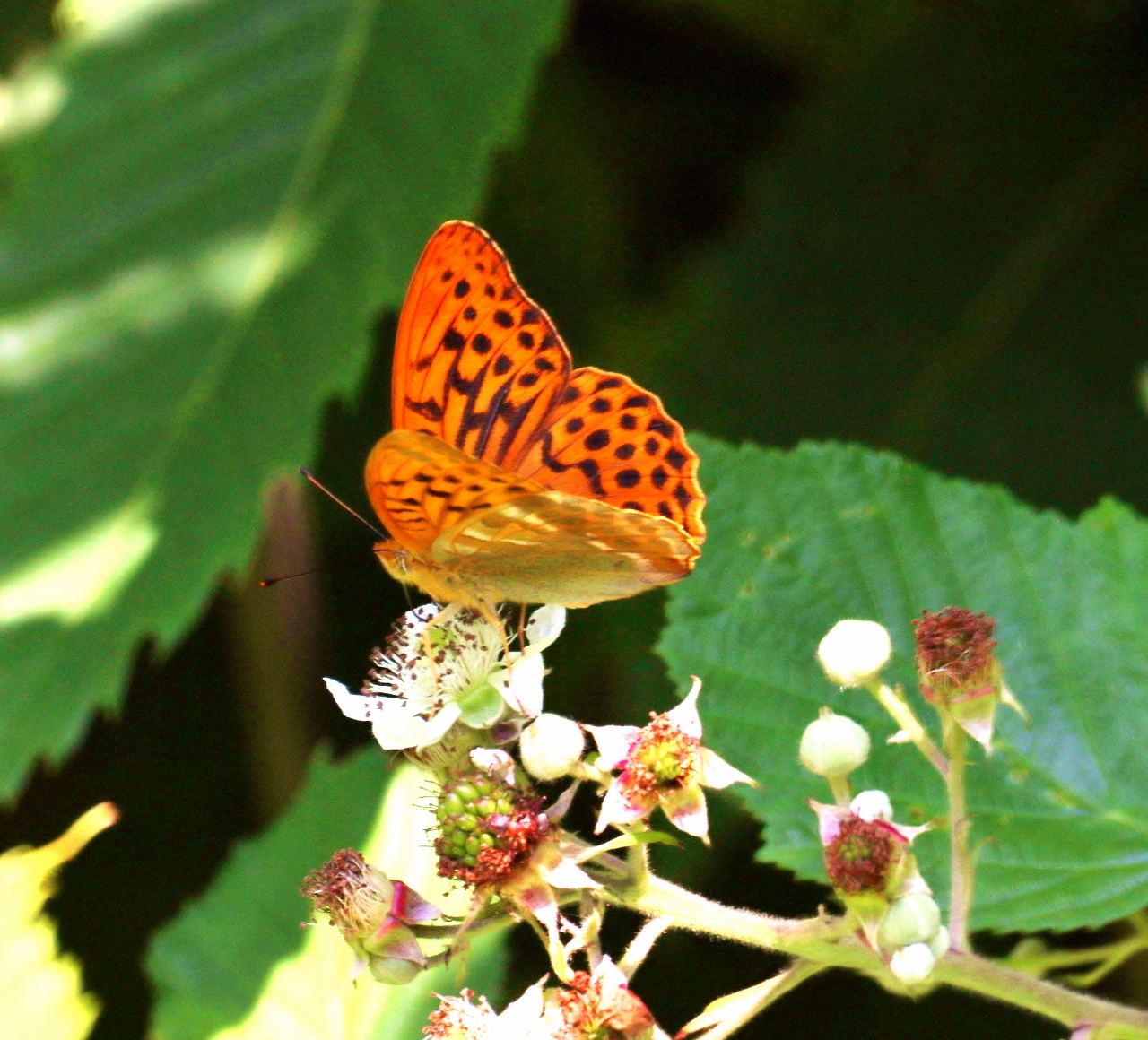
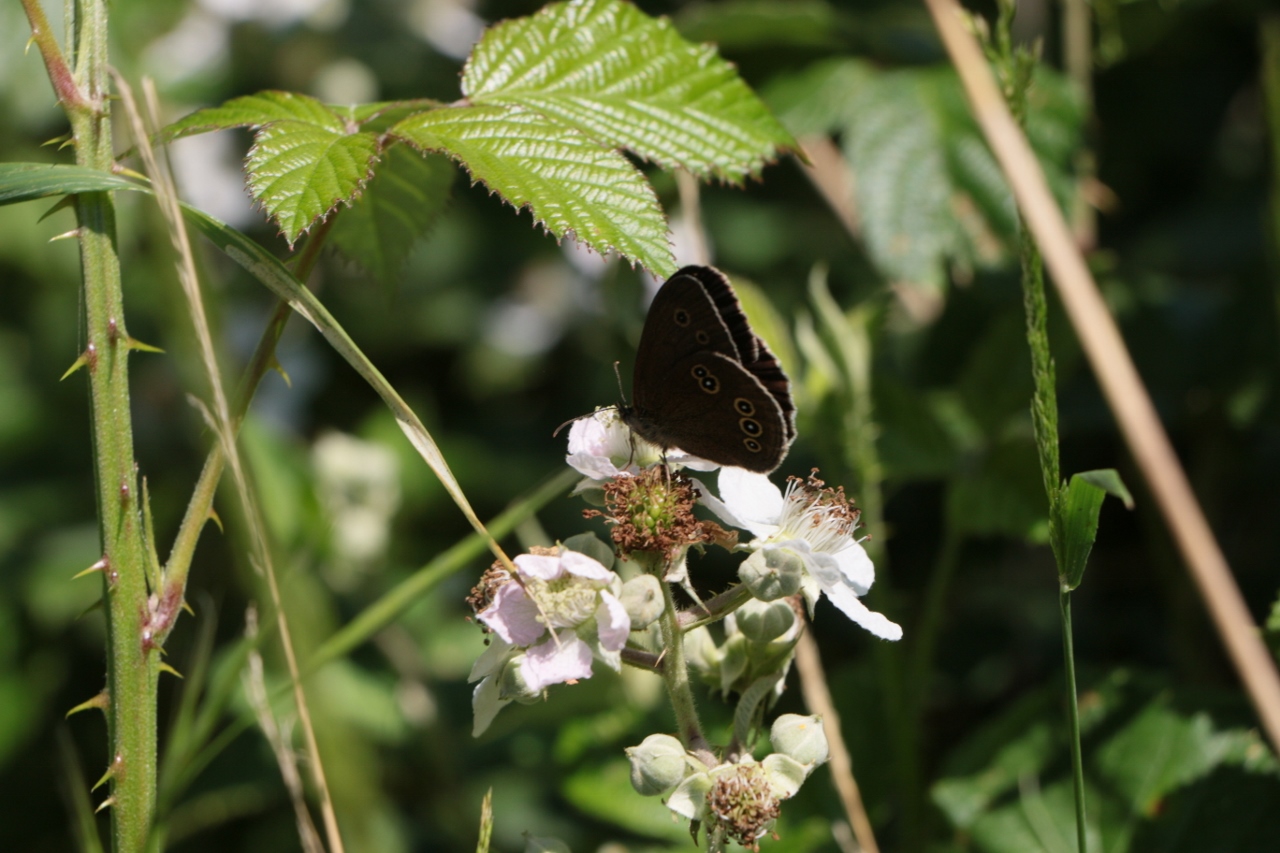


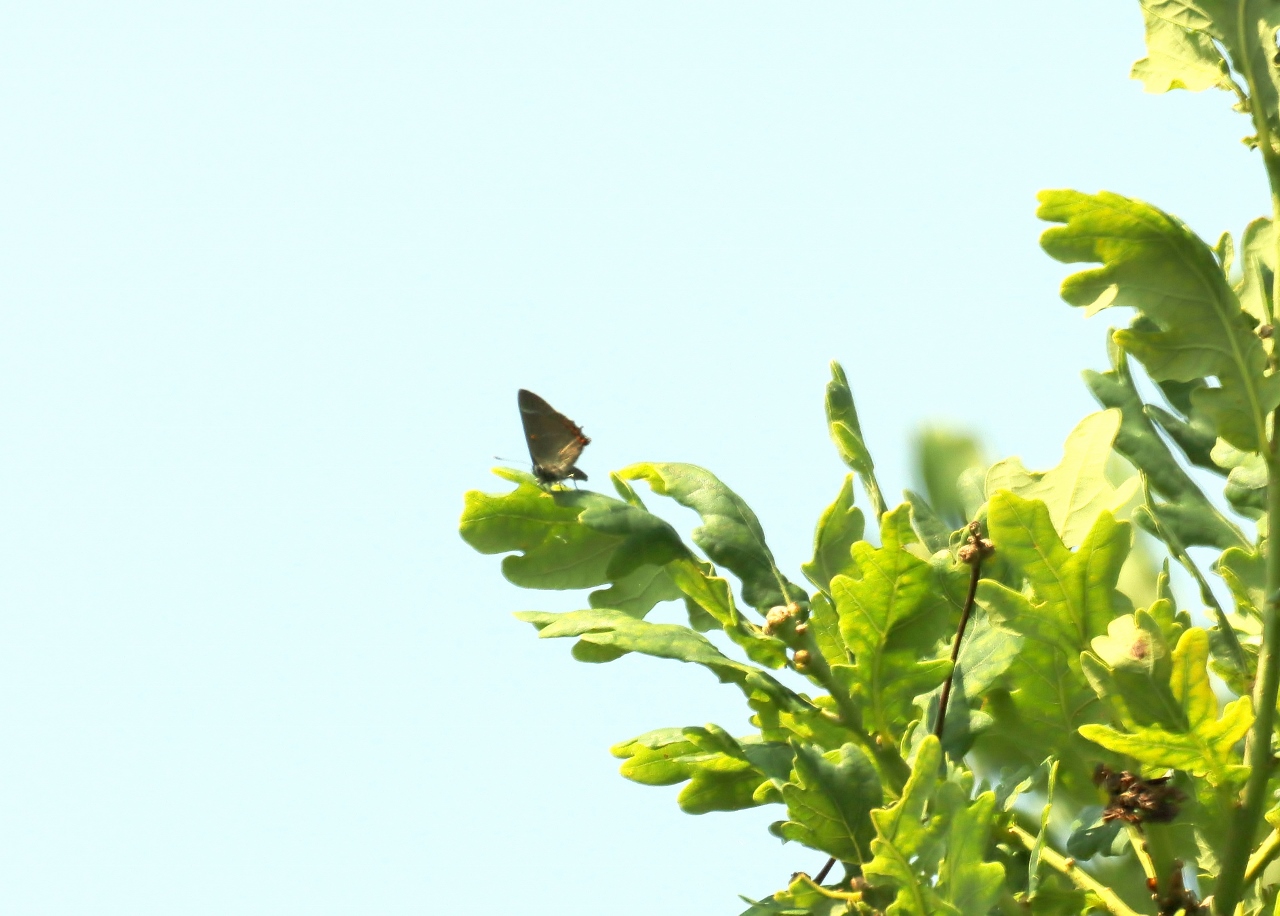
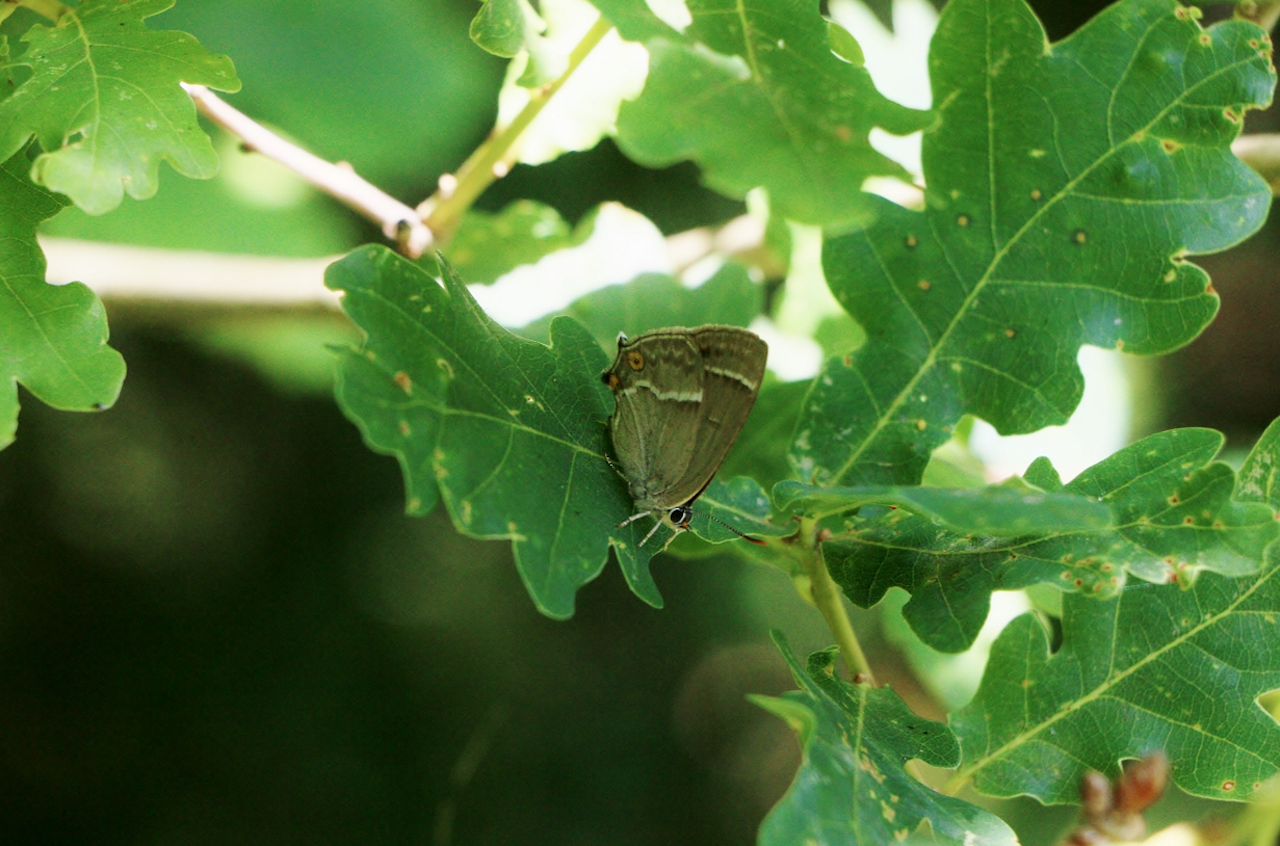
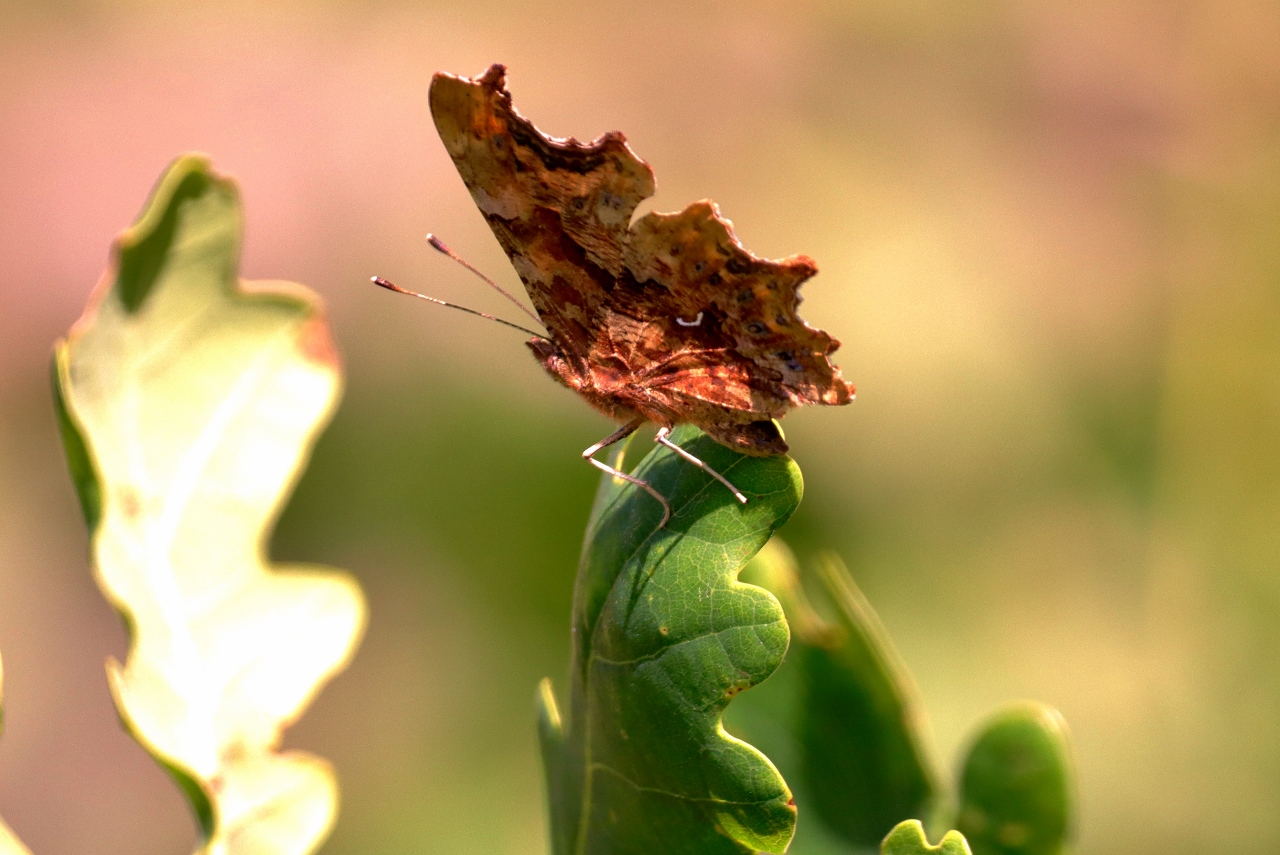
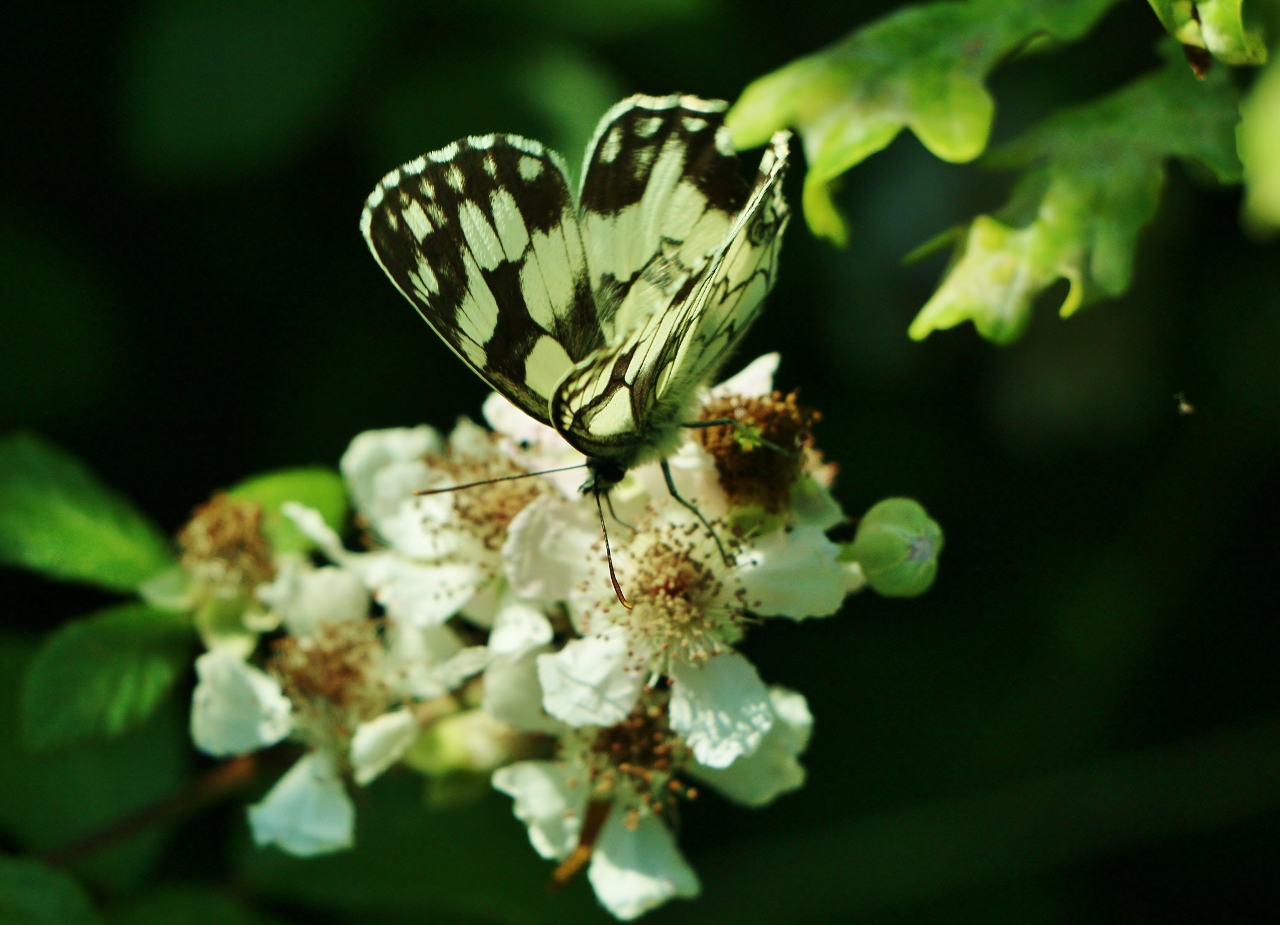
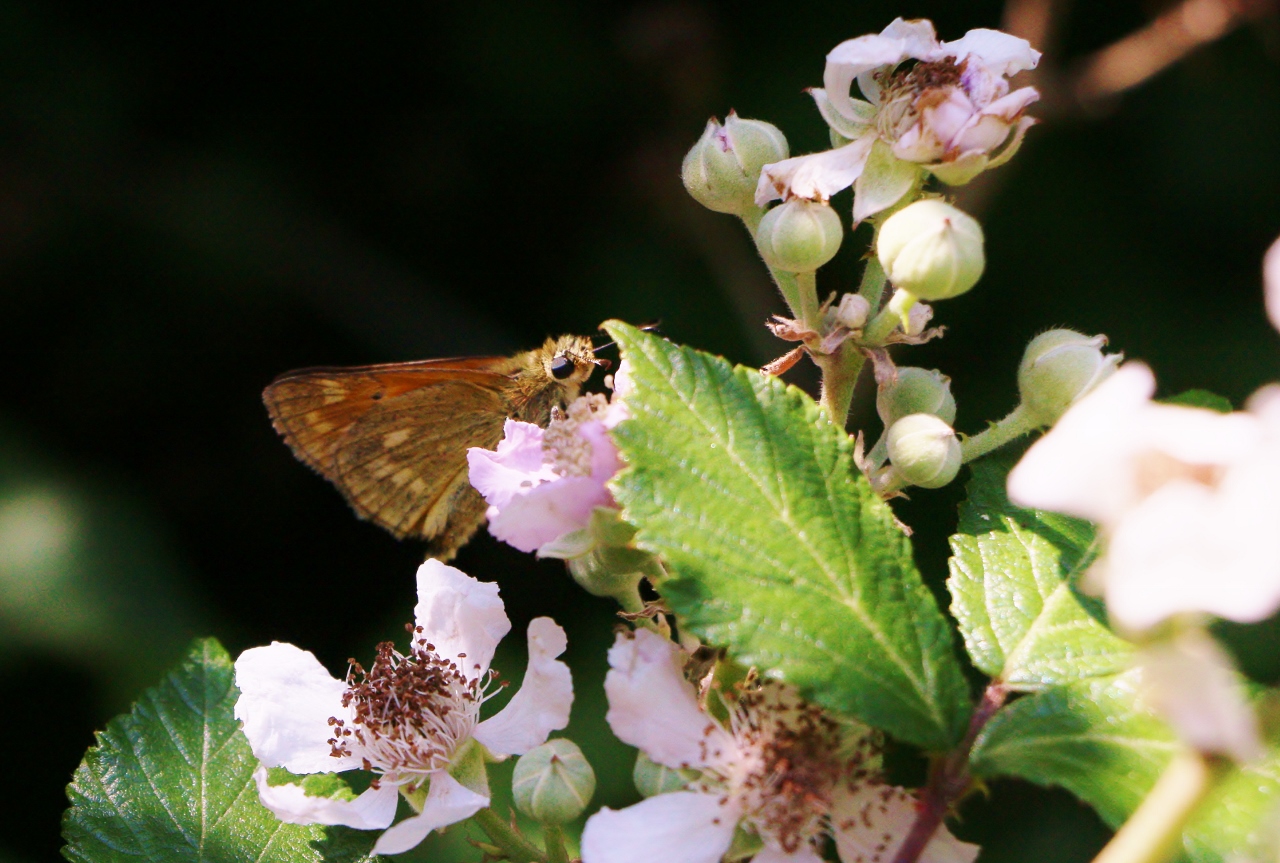
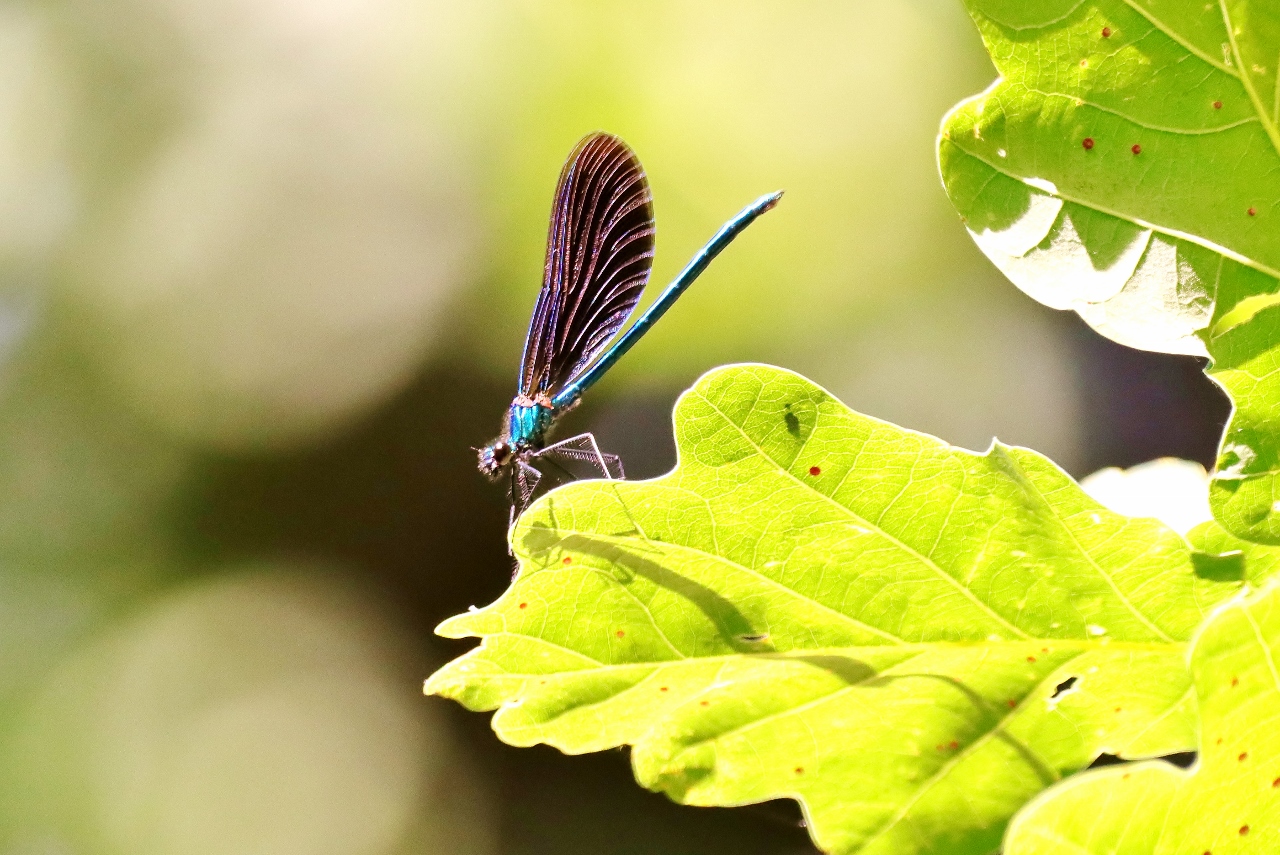
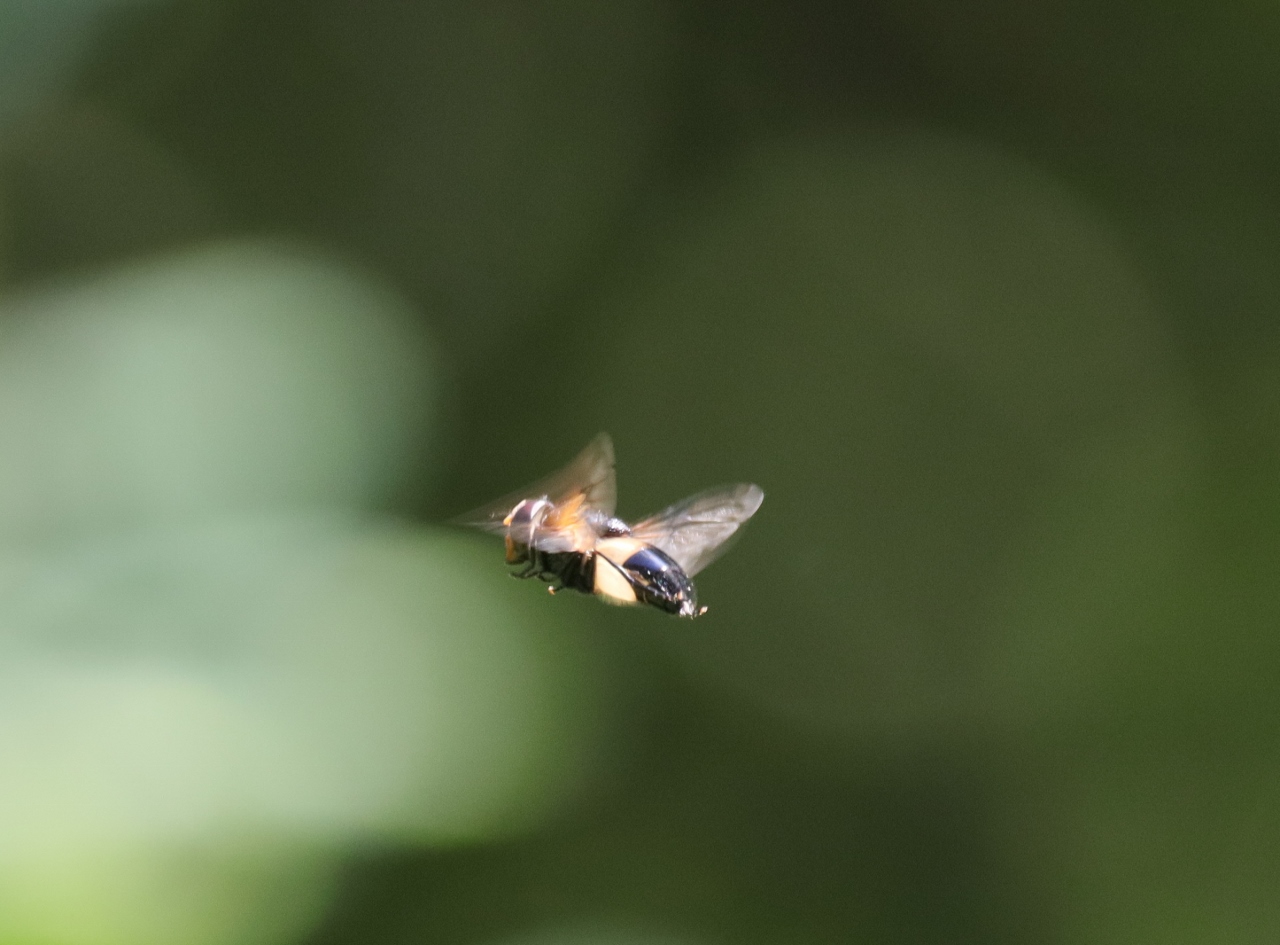
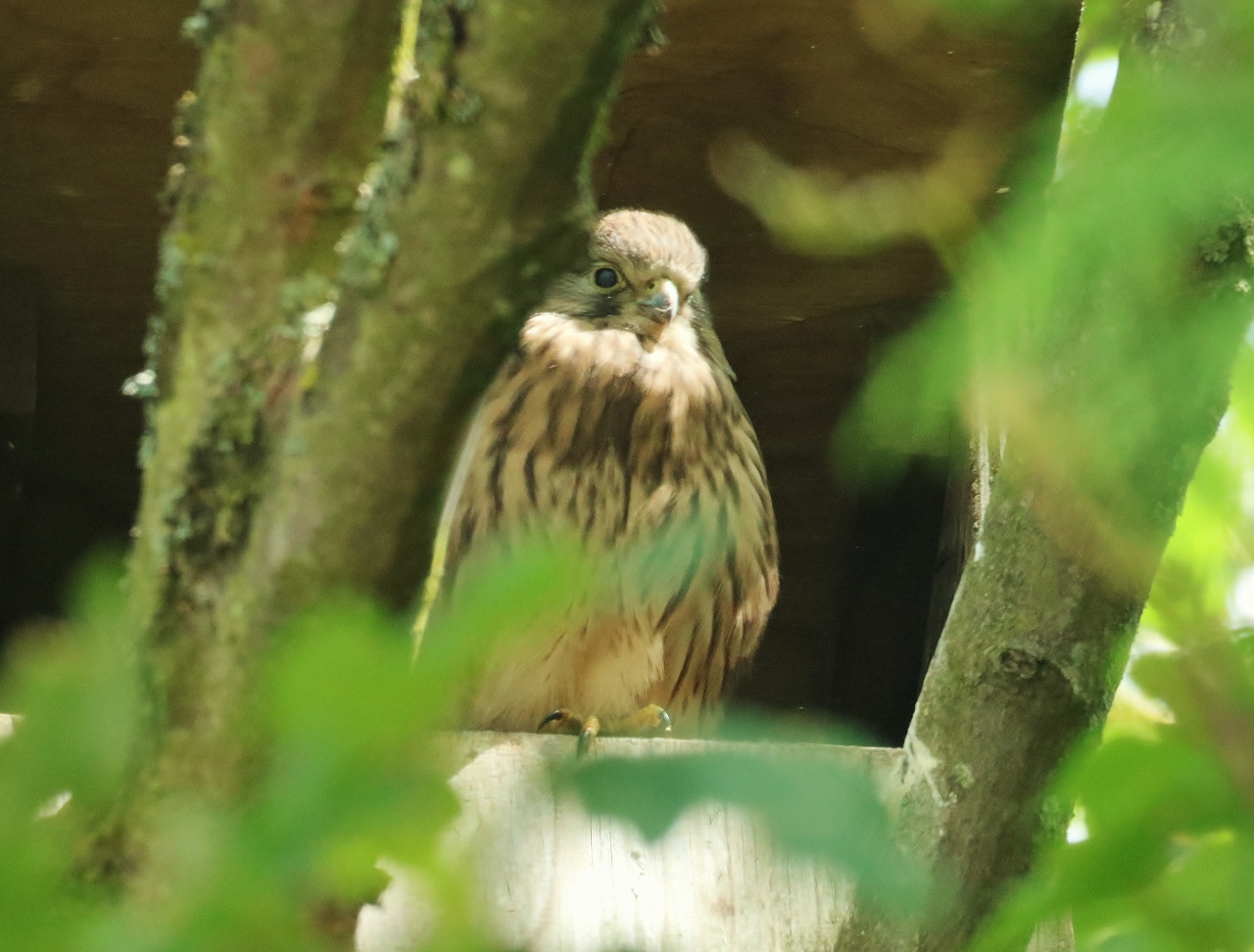
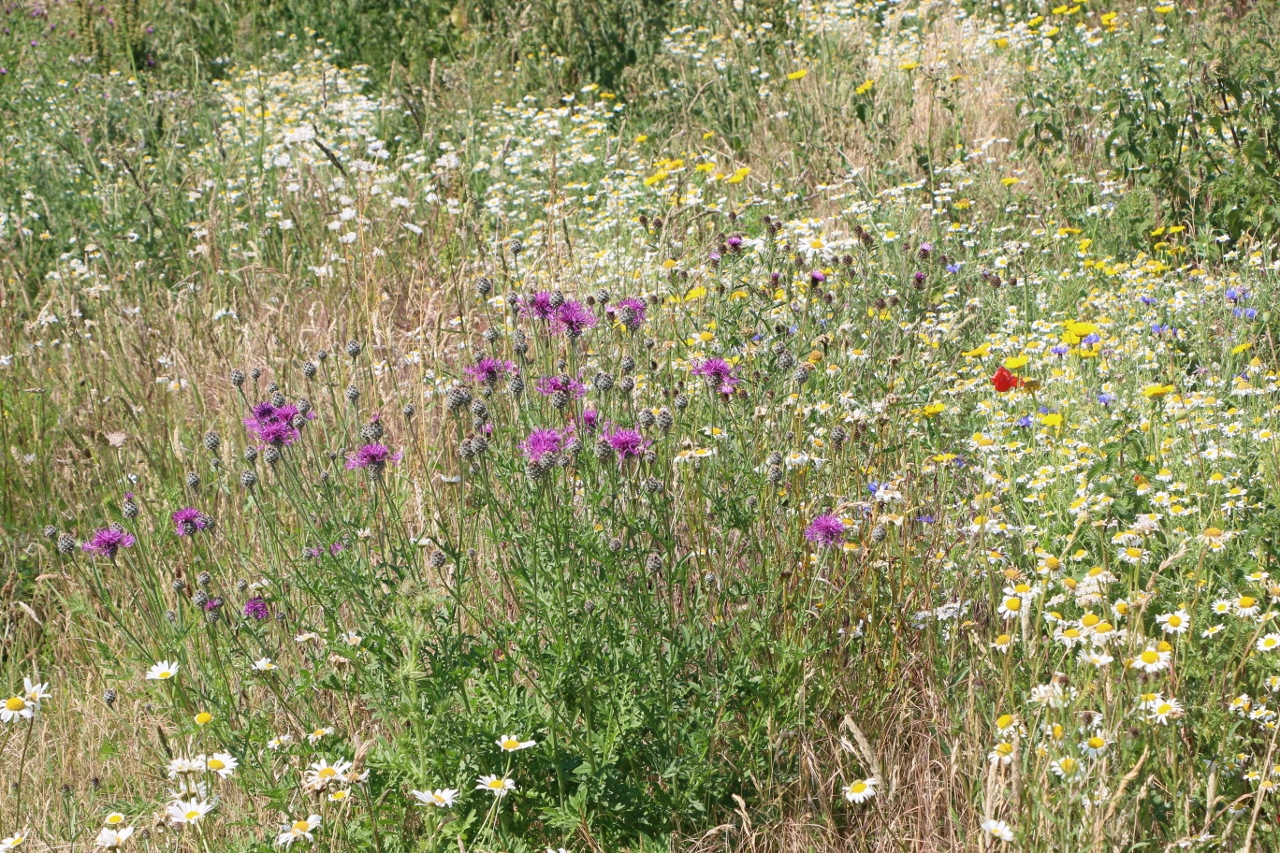

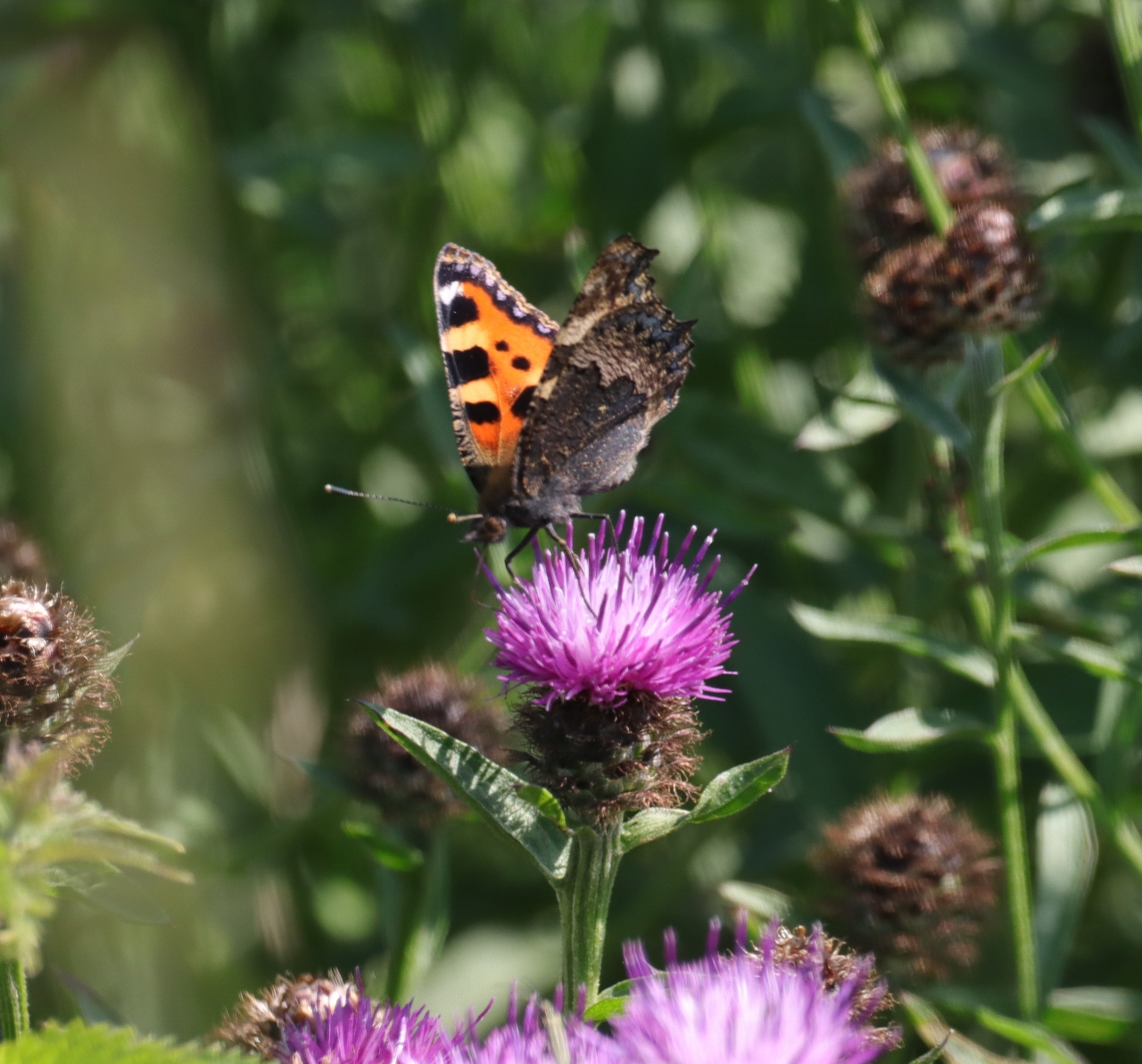
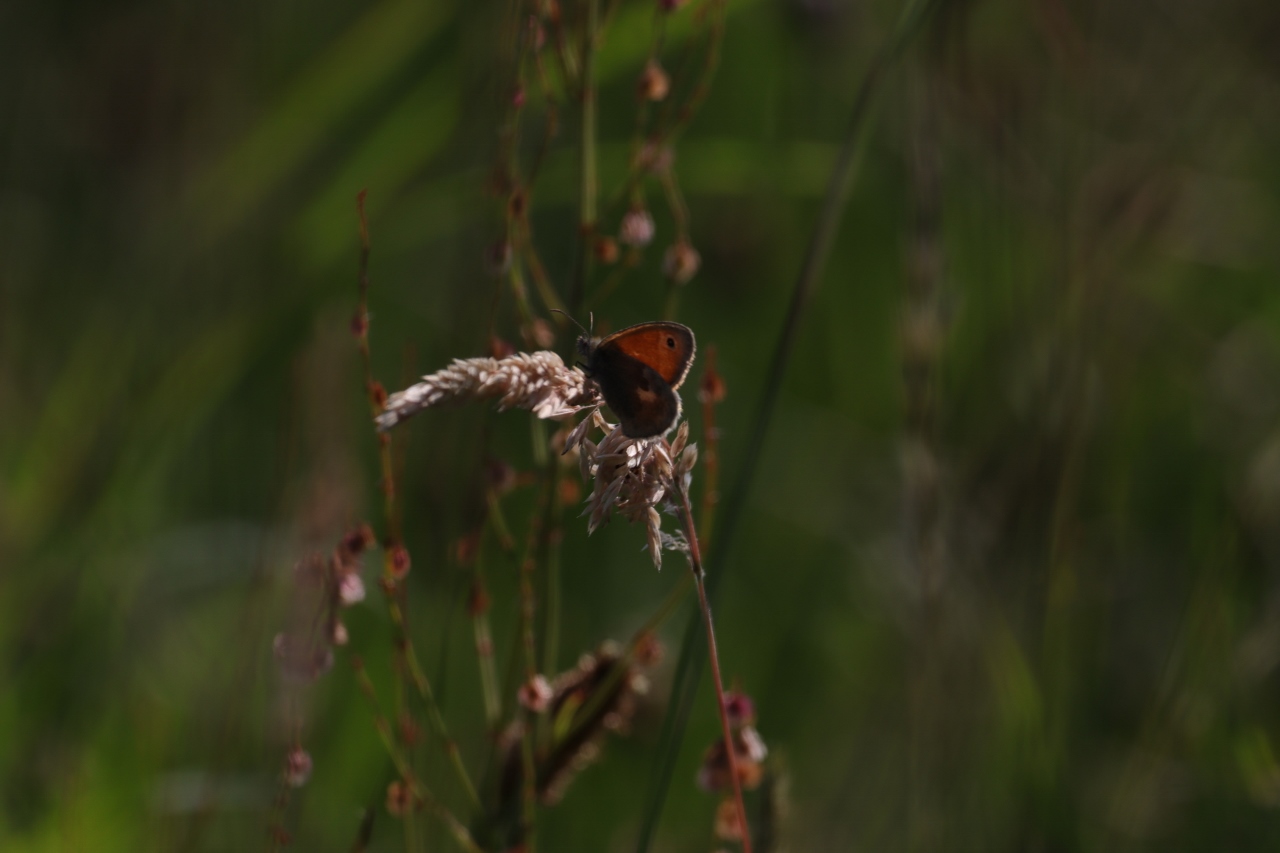




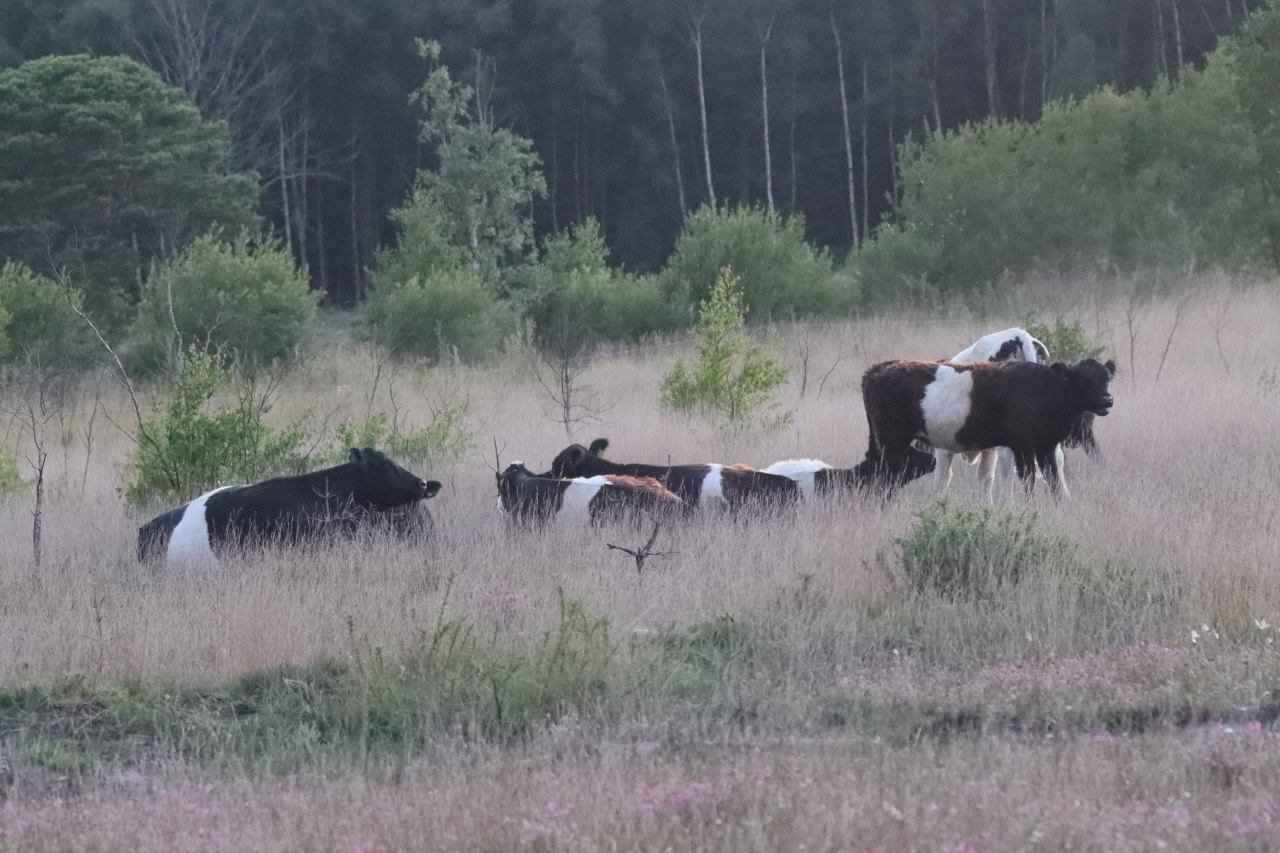




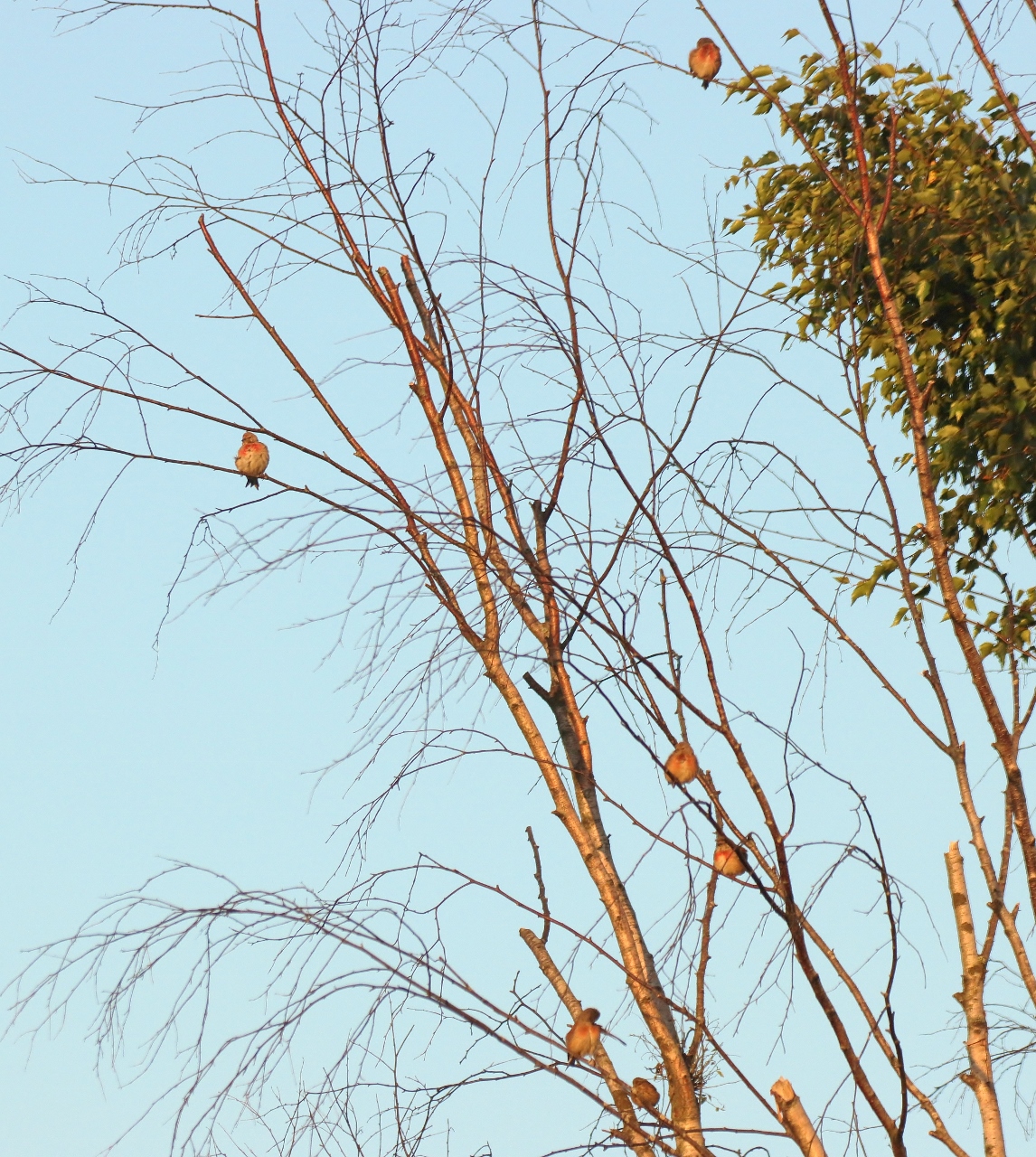





Harry Eve
July 10, 2020 at 7:32 am
The hoverfly is a great pied hoverfly (Volucella pellucens) and it is one of the species that spends its larval stage in a wasps nest as a scavenger.
It is not easy to get a photo as good as Malcolm Fincham has achieved.
The species is not uncommon, is fairly approachable, and it is worth watching closely as it hovers in a sunbeam.
The white patch appears translucent. It goes without saying that it is completely harmless to us humans and taking a moment to watch it is good for you!